Going off the beaten path in Mexico City will take you to interesting museums and lovely parks that aren’t that well-known to tourists. Either because they aren’t right in the middle of the most visited areas of Polanco, Condesa, and the Historic Centre, or because they’re in smaller venues.
After spending months in Mexico City I wanted to go beyond the usual tourist spots and go for unusual things to do. Whether you like the outdoors, art, history, design, or architecture, there’s something for you on this list.
Disclosure: This post contains some affiliate links. If you make a purchase through those links I will earn a commission at no additional cost to you (zero, nada). To check the full disclaimer, click here.
Check out these non-touristy things to do in Mexico City
Table of Contents
Stroll Around Parque Hundido (Sunken Park)
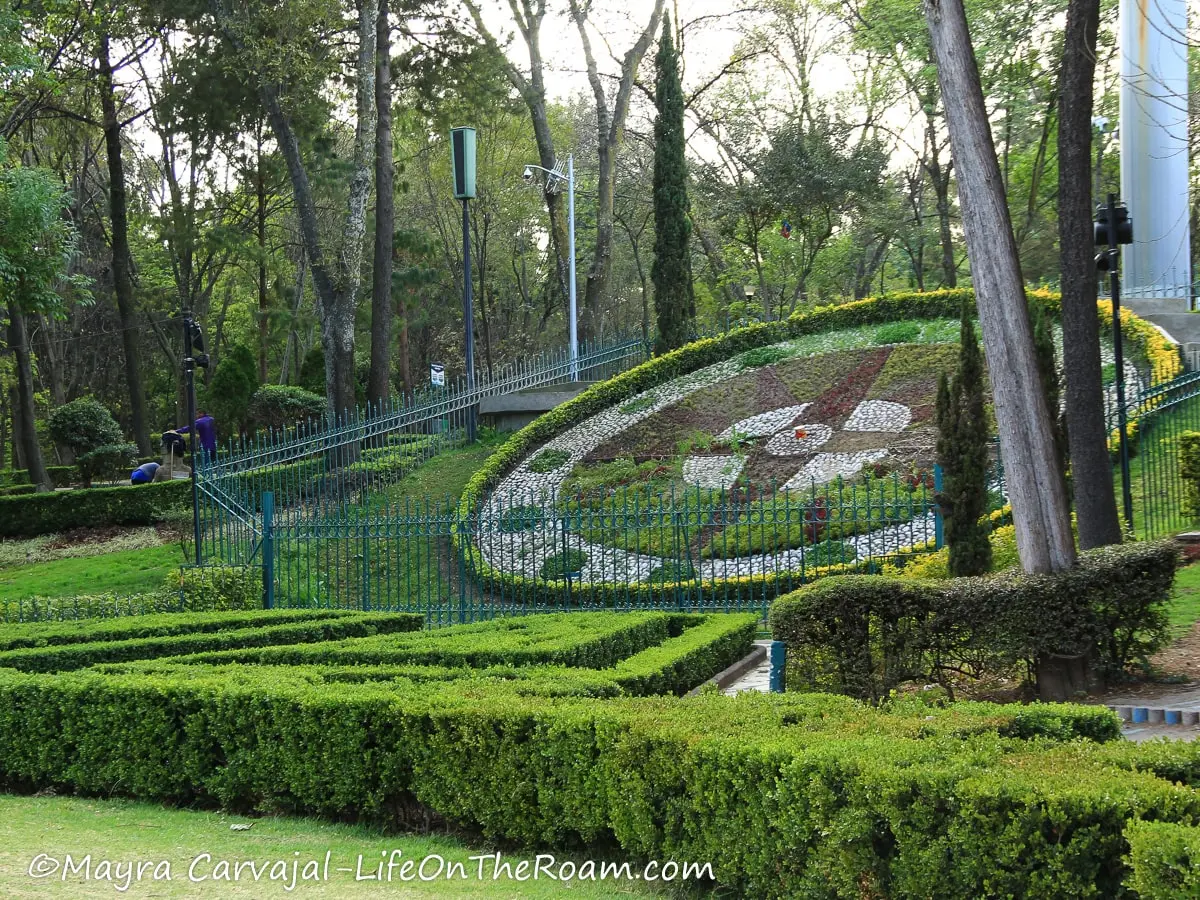
The official name of Parque Hundido, located along Insurgentes Avenue, is Luis G. Urbina Park. But because it’s located below street level it’s better known as Sunken Park.
A floral clock, the biggest in Mexico, will welcome you to this park which combines the beauty of art, history, and the outdoors.
Several undulating paths cross the park forming five “archaeological routes” dotted with reproductions of big-scale ancient artifacts representing five cultures: Mayan, Olmec, Oaxaca, Totonaca and Huasteca, and the Highlands.
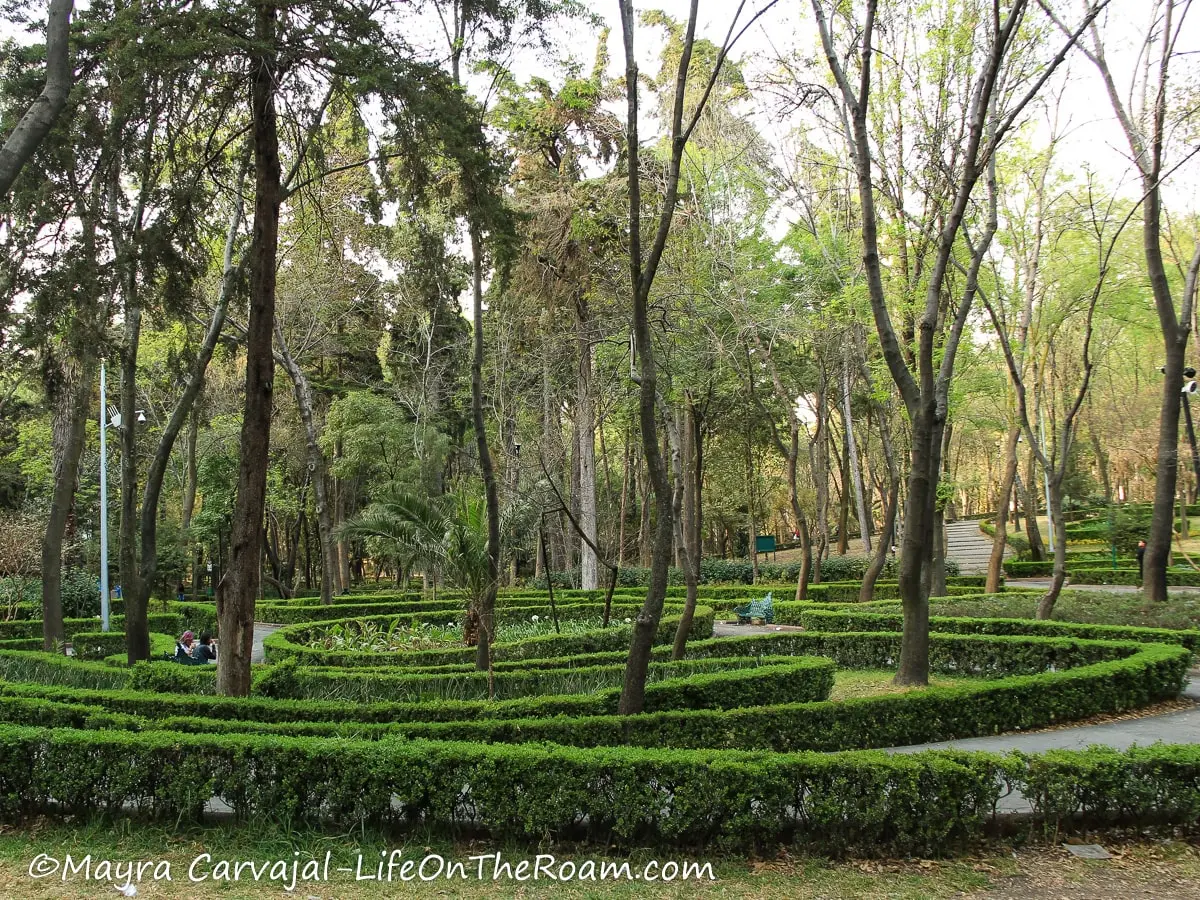
You can find giant Olmec heads next to giant trees as you take a leisure walk among the landscaped grounds or you can join the runners on the one-mile loop marked running track.
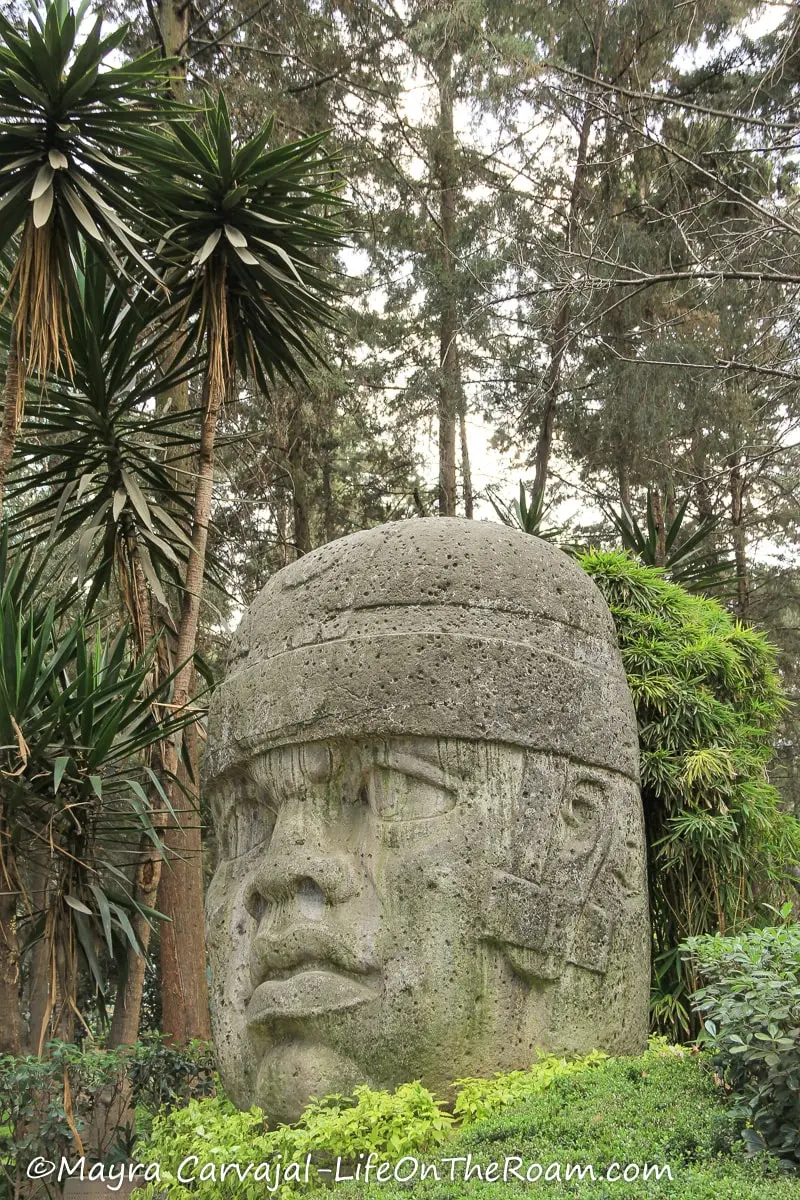
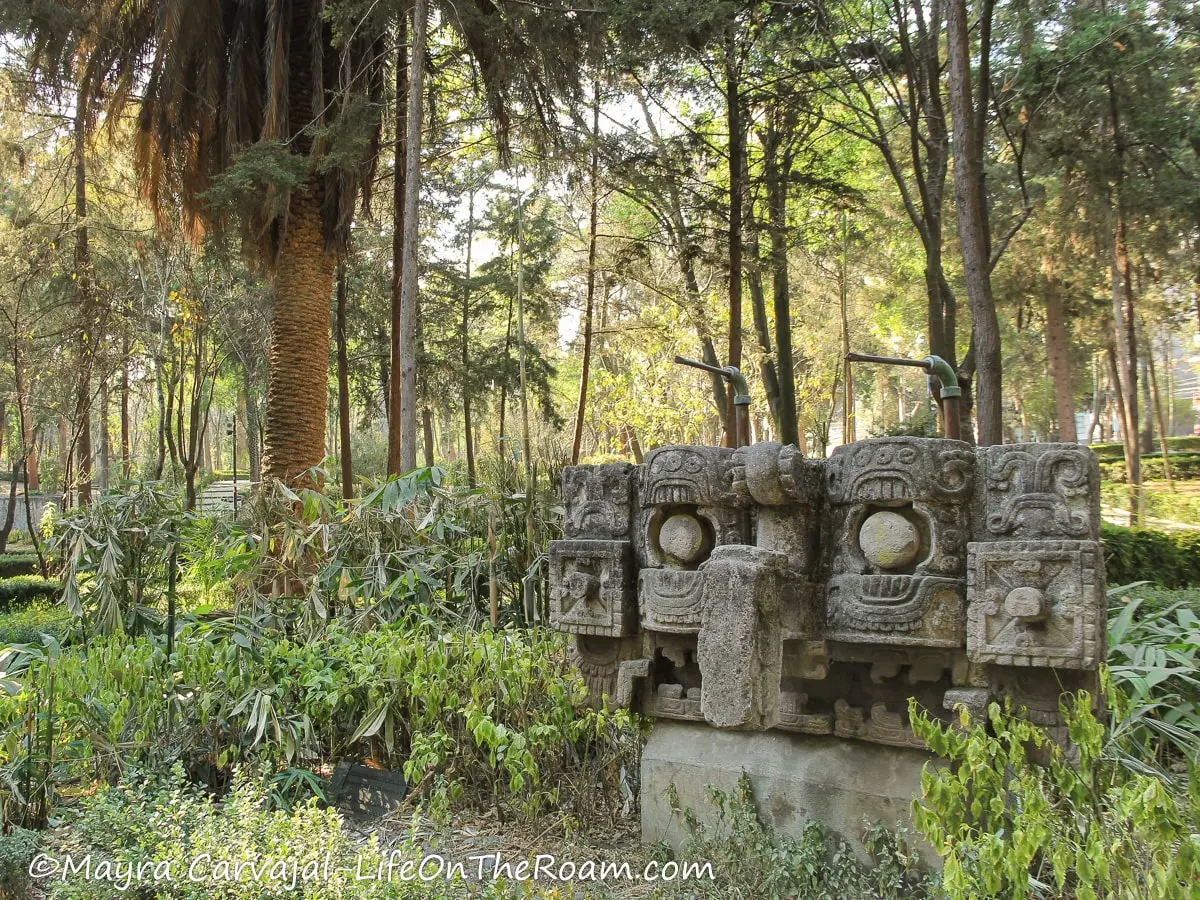
There’s also an off-leash dog park, a kids’ playground, and an outdoor gym.
Closest subway station: Insurgentes Sur (Line 12)
Check Out the Metro Museum
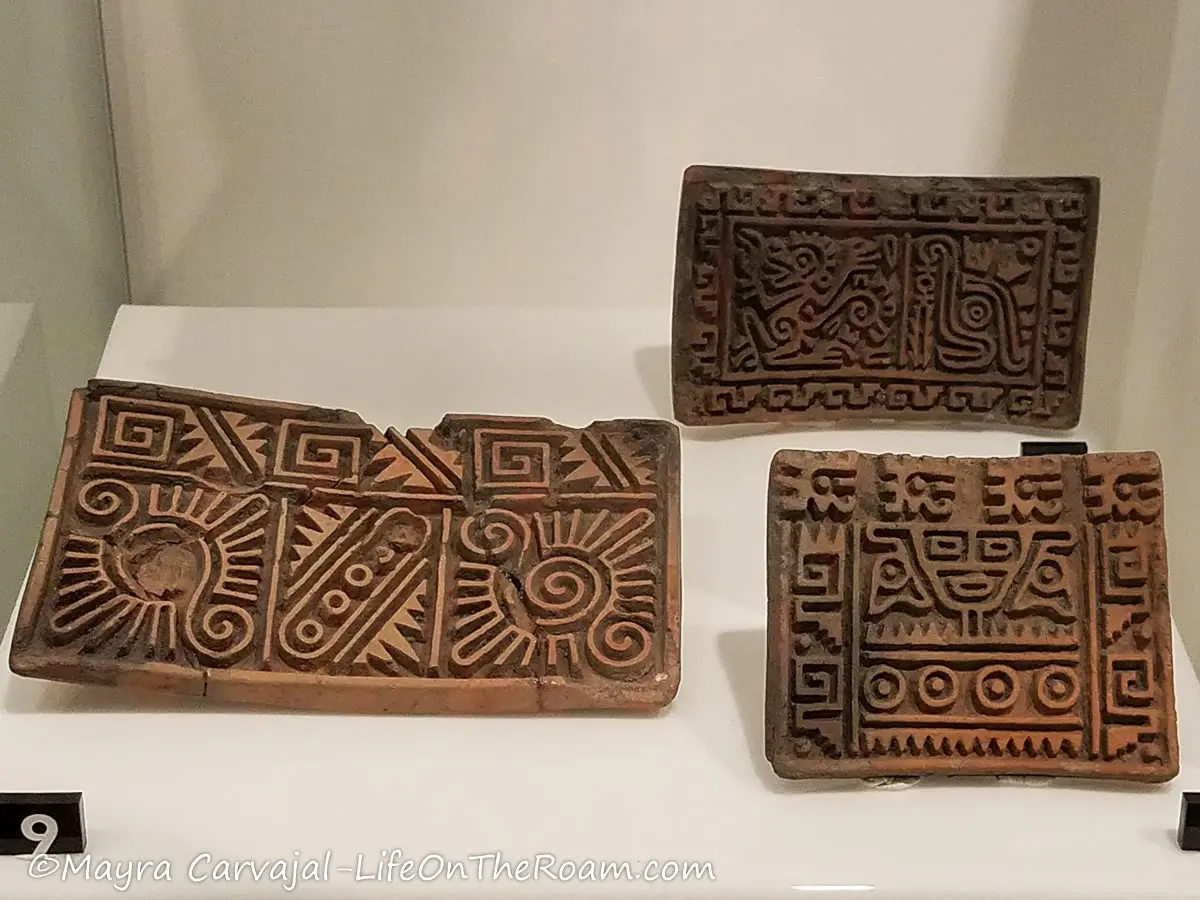
Trust me, it’s more interesting than it sounds.
As expected, you can find photographs and architectural plans detailing the largest construction project in Mexico City with the biggest impact on a social and economic level.
The project kicked off in 1967 and completed its first trip in 1969, when the president of Mexico and his committee boarded the train surrounded by cameras.
What I didn’t expect (which I should have since Mexico City was the site of ancient Tenochtitlan) was to find a collection of artifacts from the Mexica civilization (some dating back to 650 A.D.) and the Teotihuacan civilization, going as far as to 200 A.D.
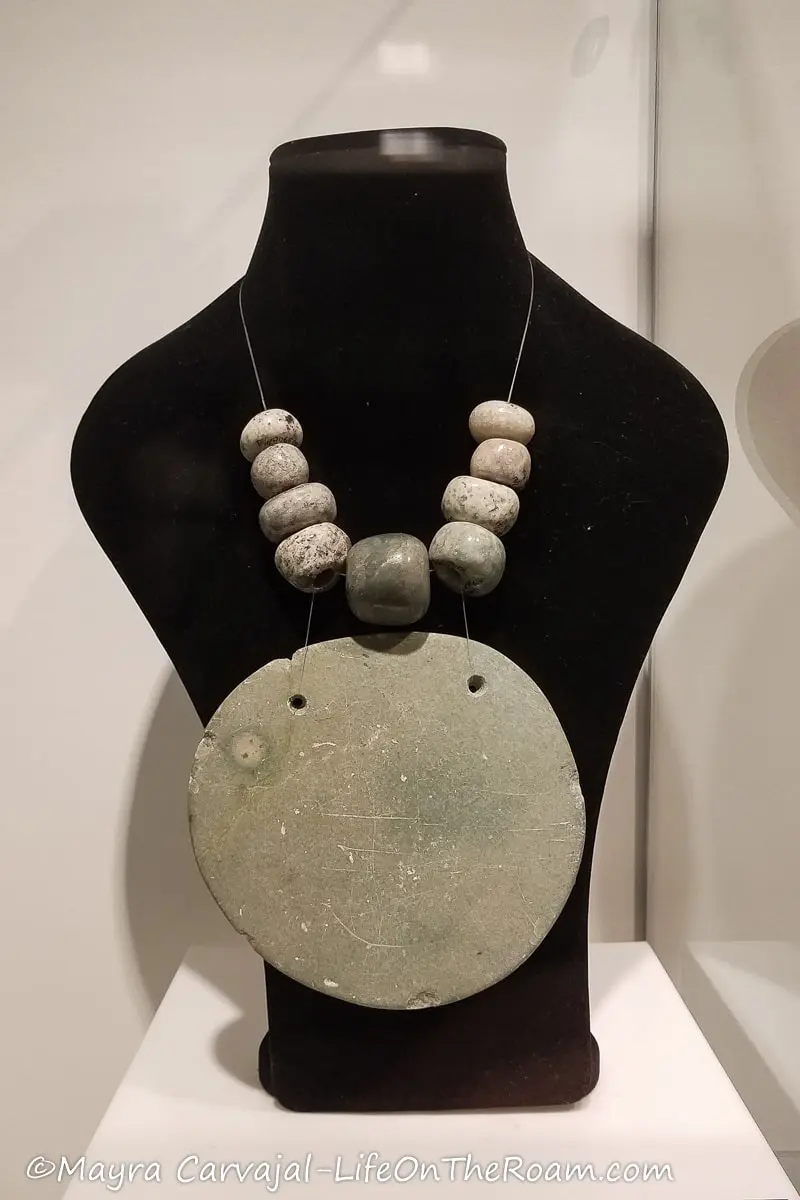
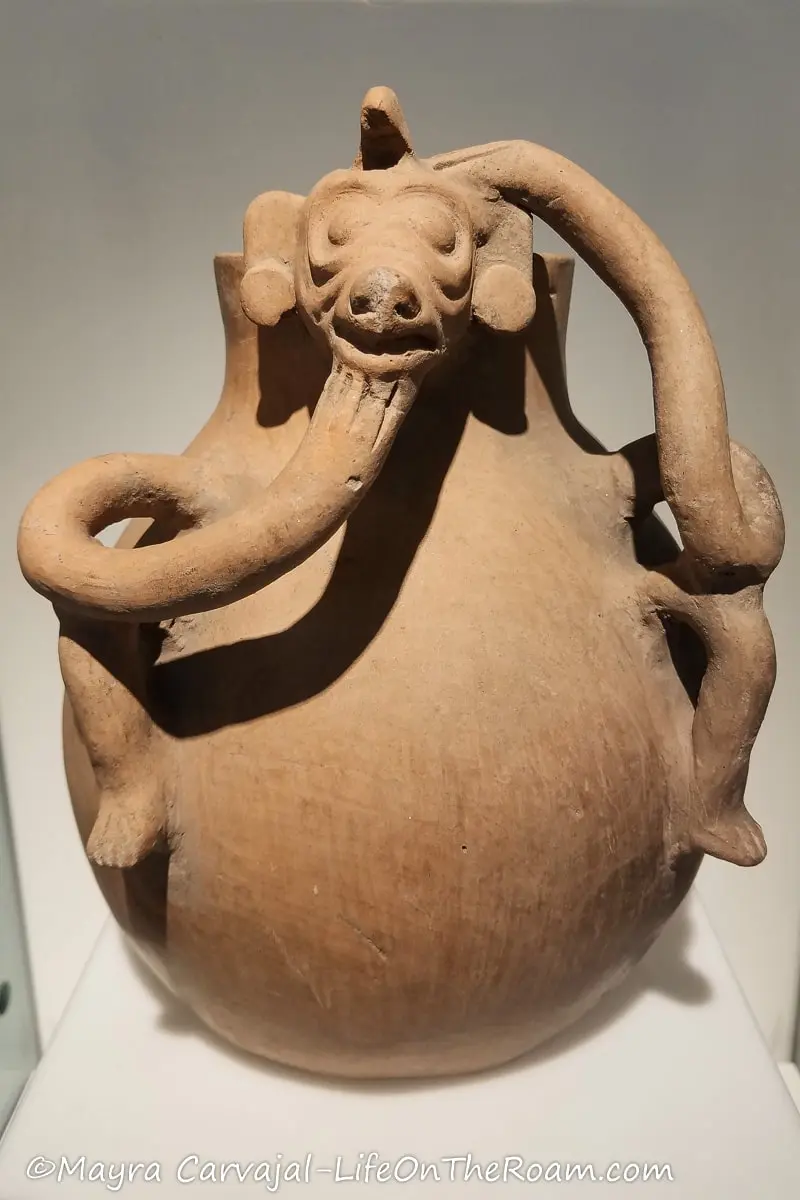
In addition to pre-Hispanic era pieces you’ll see housewares of the Colonial period produced between the 16th and the 19th century. These objects started popping everywhere when digging the sites for the construction of the subway lines.
There were more findings beyond what you see here. Archaeologists found remains of animals as old as 14,000 years and remains of an 11,000 year-old prehistoric man.
Today, you can walk around some archaeological sites and ancient structures in Mexico City (such as the Museum of the Great Temple) thanks to the excavation works done for the subway.
One of the rooms shows you interesting details of the first years of operations, such as the French-inspired uniform worn by the train conductors until 1970, and the original cushioned seats upholstered in blue vinyl which were later replaced by fiberglass.
In other rooms you’ll find an exhibit with works of prominent Mexican artists from the second half of the 20th century such as Rufino Tamayo, the first multimedia exhibit in Mexico which celebrated the opening of the first subway line, a collection of all the subway tickets and cards to date, and the graphic design proposal for the subway stations.
Accomplished graphic designer Lance Wyman created the typography, signage, and logo for the Mexico City’s subway and the Metro Museum.
This was one of the most interesting rooms to me as you can take a peek at the design process behind the signs you see everyday while travelling across the city.
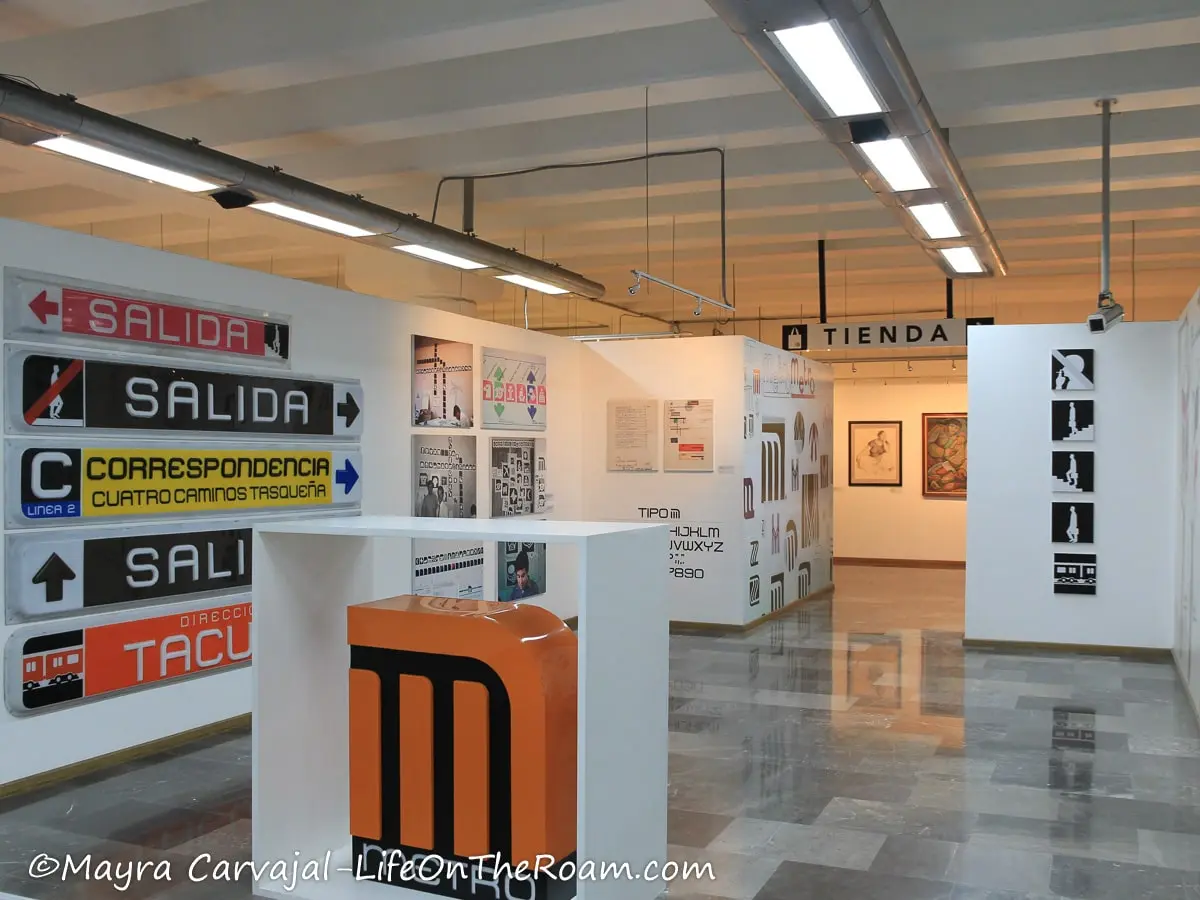
As Wolf von Eckardt described it in an article for the Washington Post in 1969, the use of an icon associated with a unique cultural reference for every station was a brilliant idea.
For example, Chapultepec means “the hill of the grasshopper”. Therefore a grasshopper (chapulín), is the icon for the Chapultepec station that takes you to the eponymous Mexico City famous park. It also makes it easier for someone who can’t read or for a tourist to remember “the grasshopper station” than to remember the word Chapultepec. Or to remember “the wasp”, rather than the word Chilpancingo.
Did you know that Mexico City’s subway transports more than five million people…a day?!
The Metro Museum is inside the Mixcoac subway station.Open Tue.to Sun.: 10AM-8PM. Free admission.
Go to the Desert of the Lions National Park (Desierto de Los Leones)
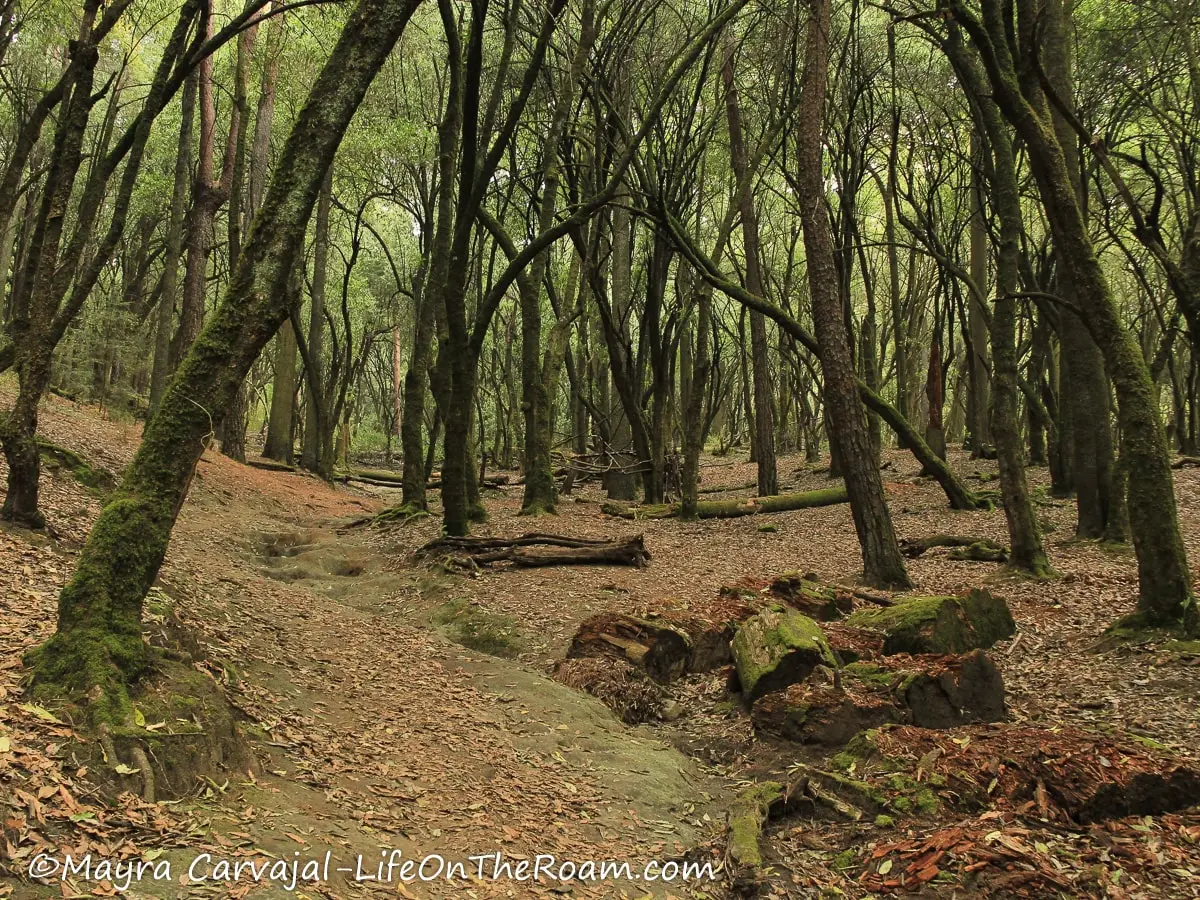
Is there a desert in Mexico City?
Nope. Despite its name, you won’t find any big cats or any sand at the Desert of the Lions National Park. Actually, this forest with tall trees covered in moss couldn’t look farther from a desert.
But when the Carmelites friars arrived in the early 17th century they decided to establish their “sacred desert” (as in a place of total solitude and away from everything) right here.
As per the lions, there are several theories about it, but the one I learnt at the guided tour is that León (lion in Spanish) was the last name of the family who did all the paperwork for the friars. No big cats around.
The Desert of the Lions covers an area of 1,529 hectares (3,778 acres) and is located on the southwest side of Mexico City. It’s Mexico’s first National Park.
You can spend half a day or an entire day visiting the grounds of the ex-convent and its manicured gardens, hiking the trails that take you through the forest and to the hermitages, and trying the local food at the many eateries.
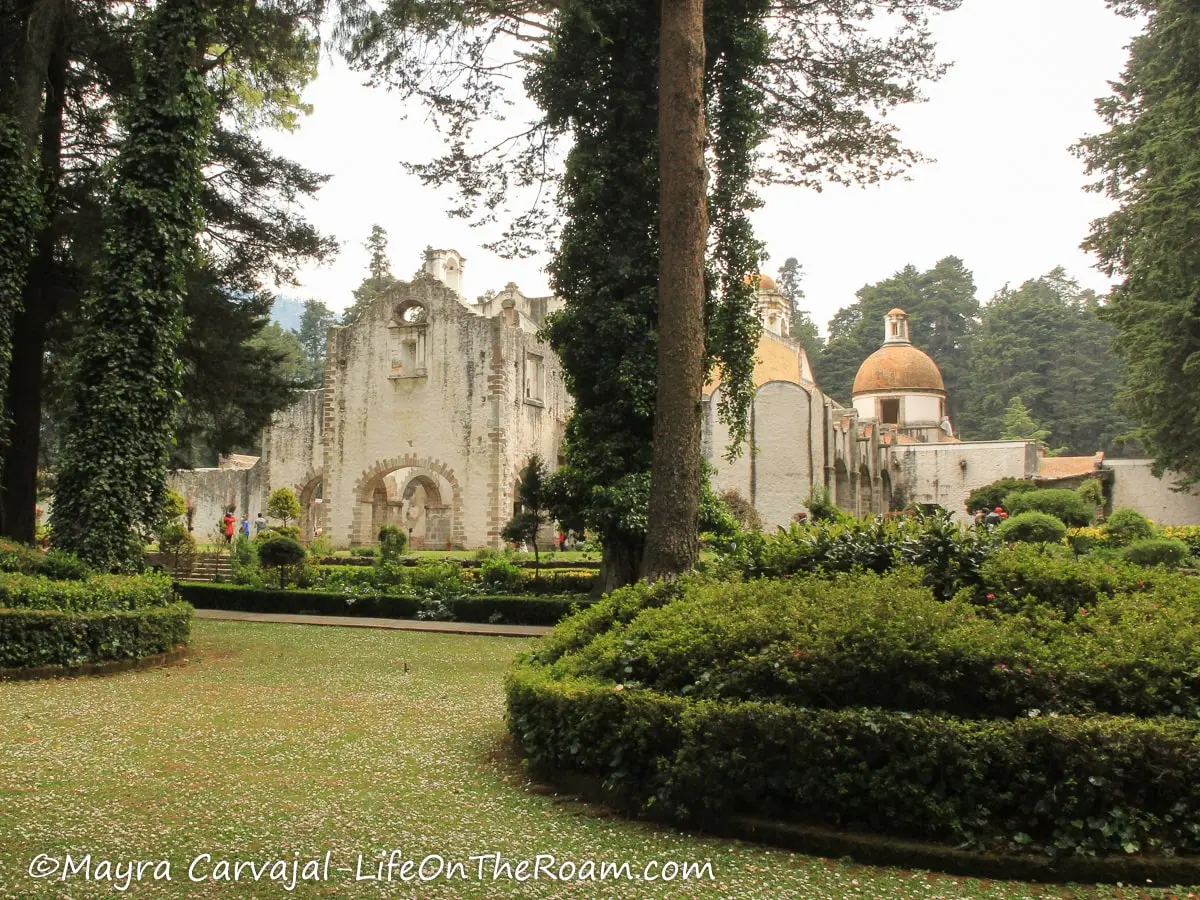
We first visited the ex-convent, which is version 2.0 of the original convent from 1612 which was destroyed by fires and earthquakes.
In this “new” complex from 1722, you can stroll around the cloisters that frame beautiful gardens and fountains against a background of stone walls and brick red domes.
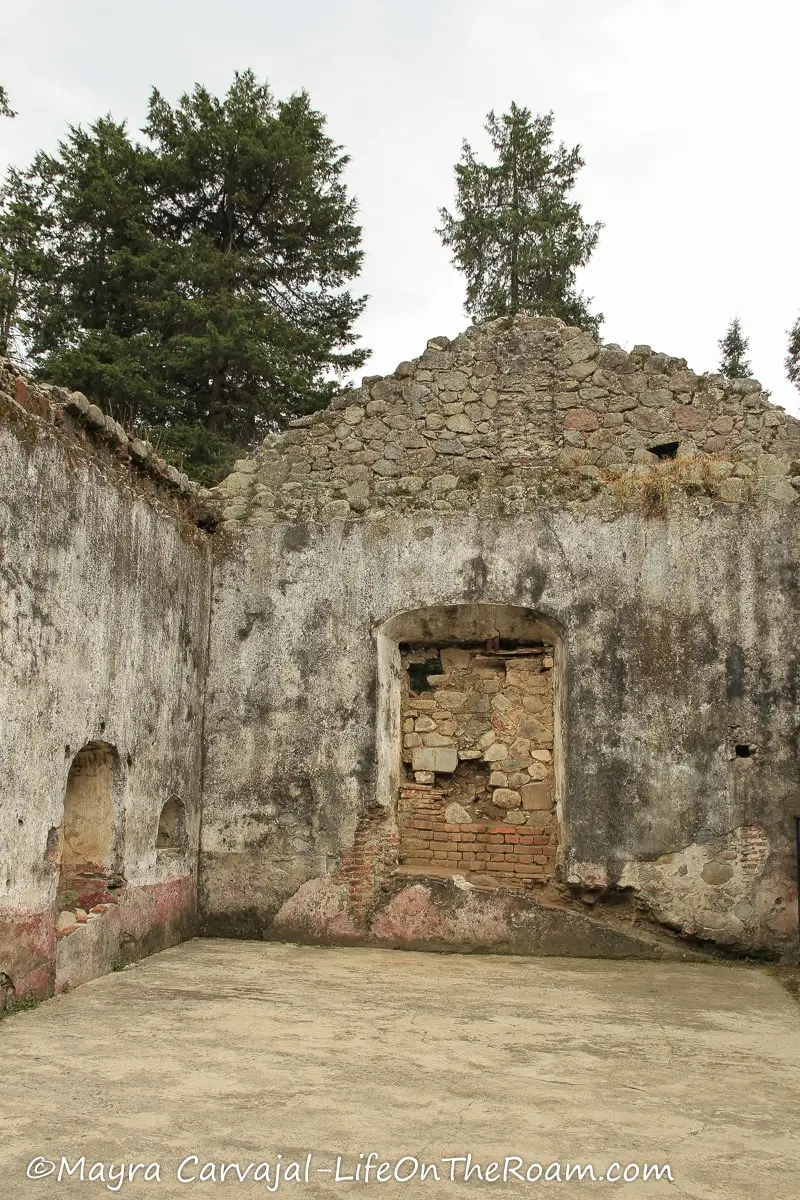
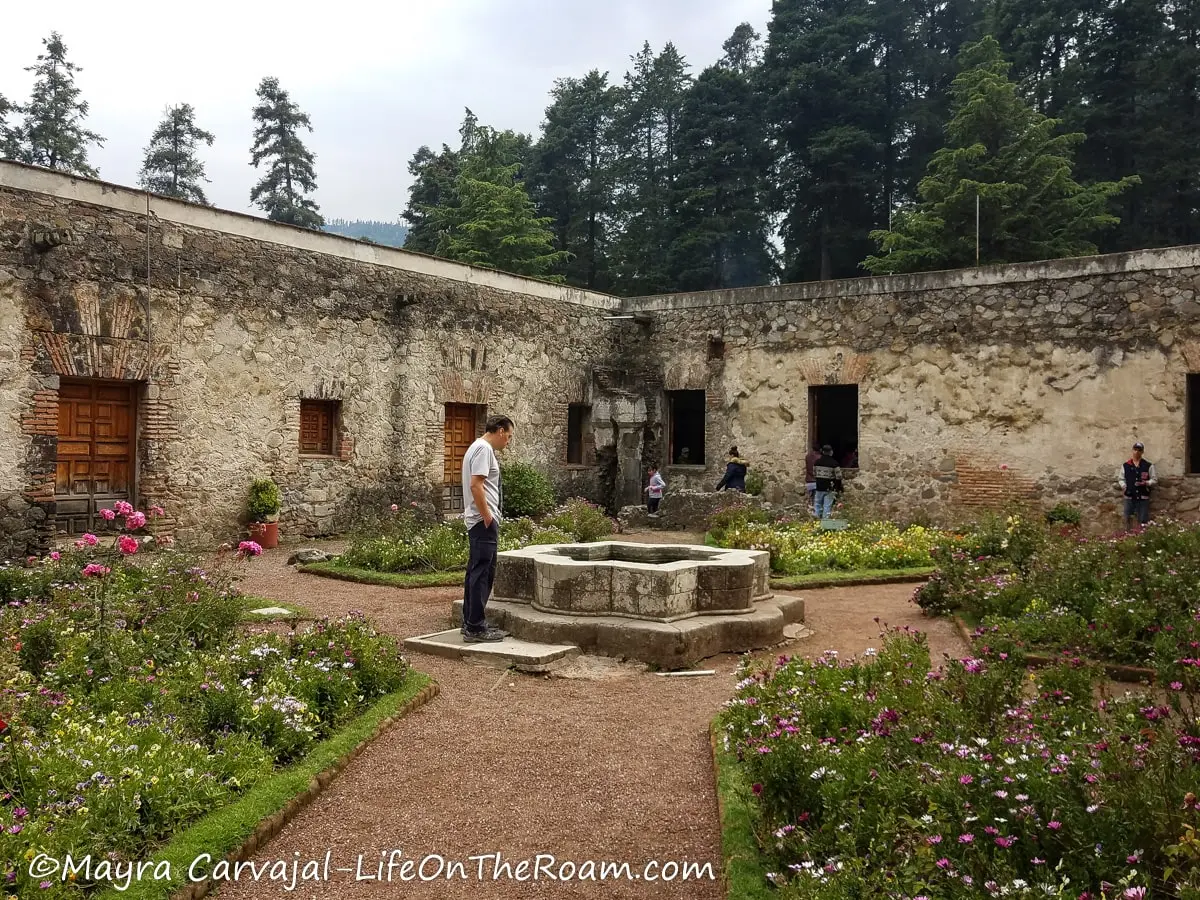
Test the acoustics of the Chapel of the Secrets (Capilla de Los Secretos). Thanks to the shape of its dome you can whisper in one corner, facing the wall, and only the person facing the opposite corner will hear you.
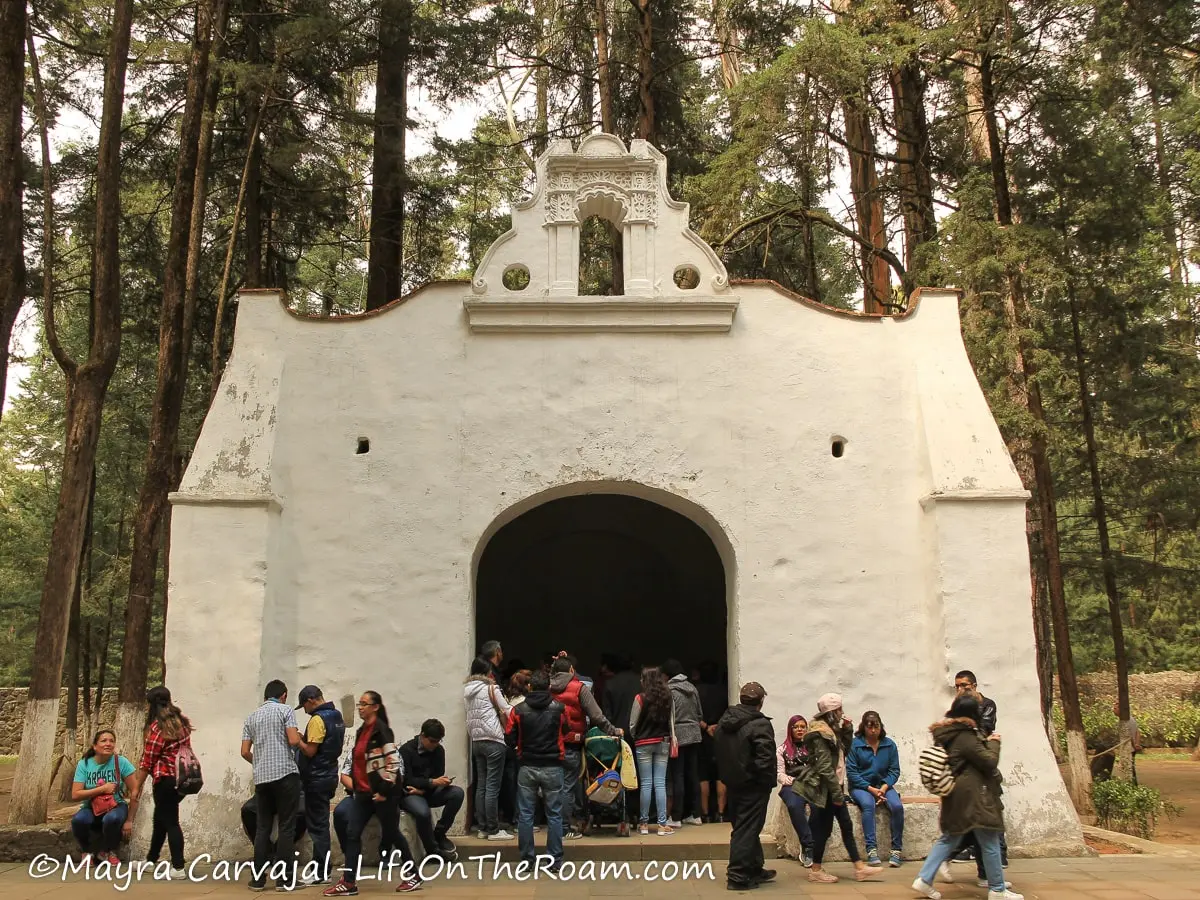
See the austerity of the friar’s cells, fit only with a candelabra, a simple wood-frame bed, a desk and a shelving unit. There’s also the bathrooms, the oratories, and an upscale onsite restaurant.
In the 17th century, the friars built 10 hermitages for complete isolation, of which eight remain.
You can visit these eerie sites that stand like stubborn ghosts in the often misty woods by taking a scenic short hike that starts next to the ex-convent. As you walk this enchanted forest you can see remains of the pipes that were part of the hydraulic system feeding the site.
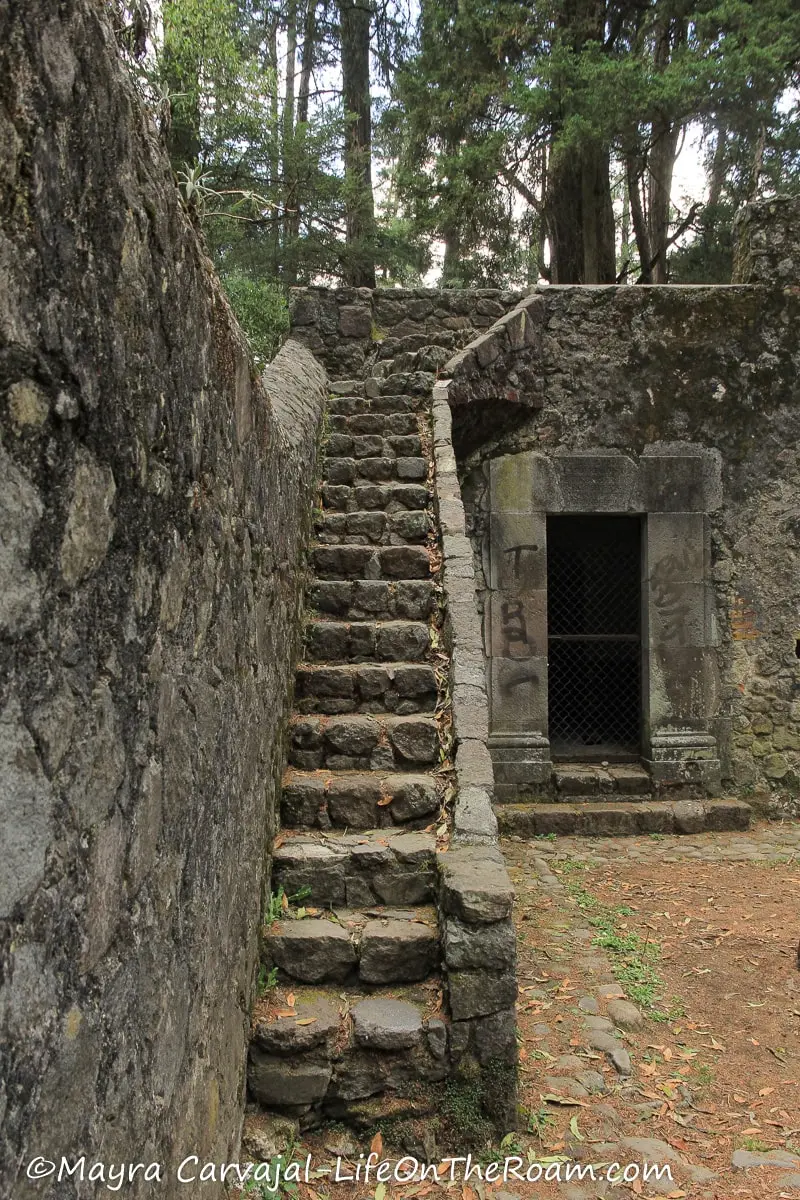
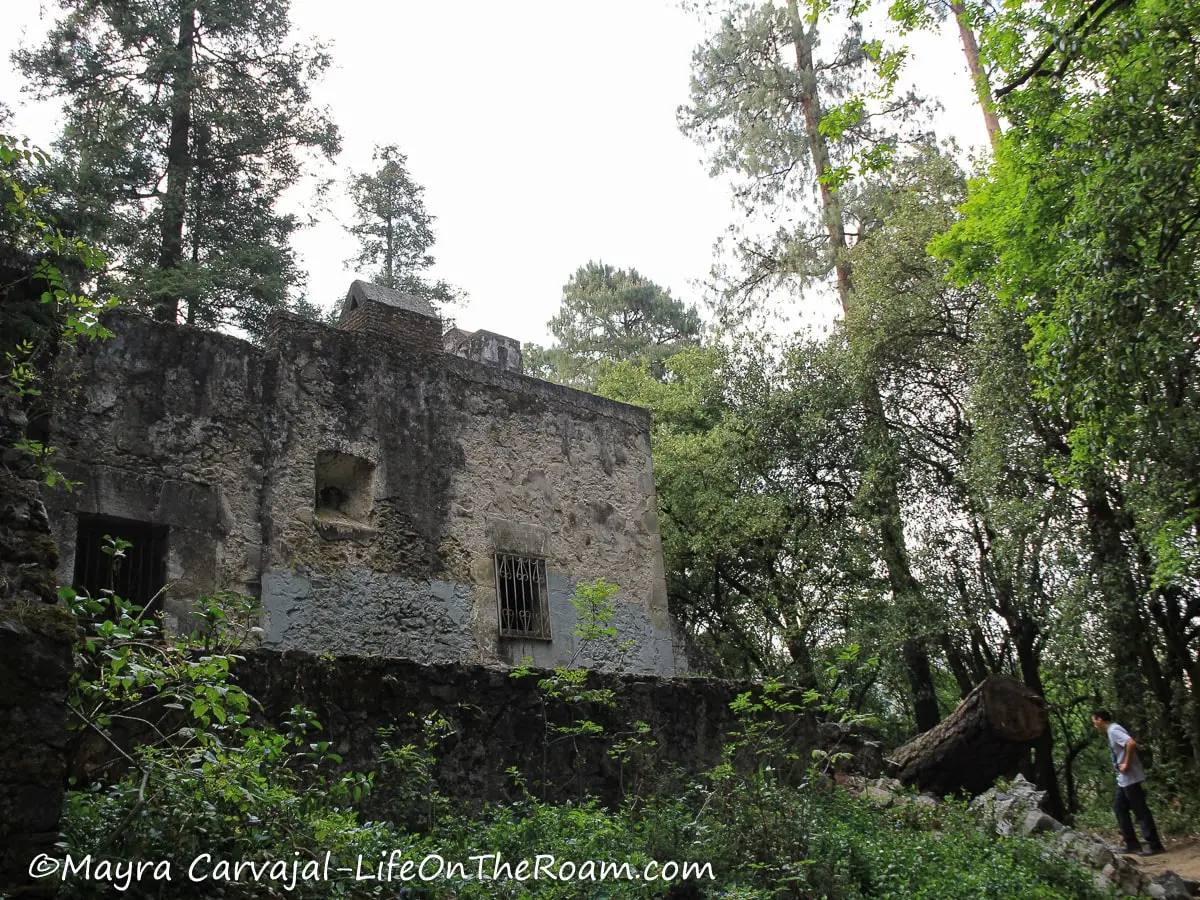
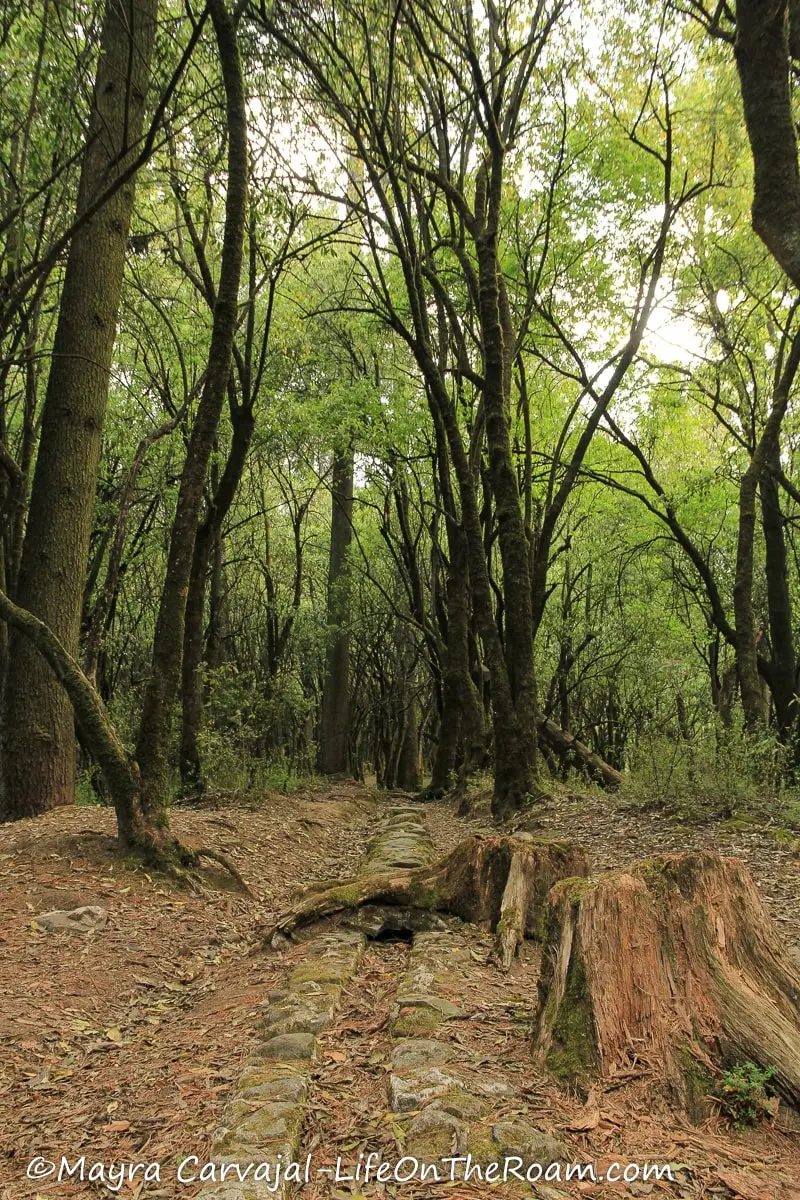
Another stop while you’re here is the Lake of the Ducks, known also as the Lake of the Geese (Lago de los Patos/Lago de Los Gansos), also located close to the ex-convent.
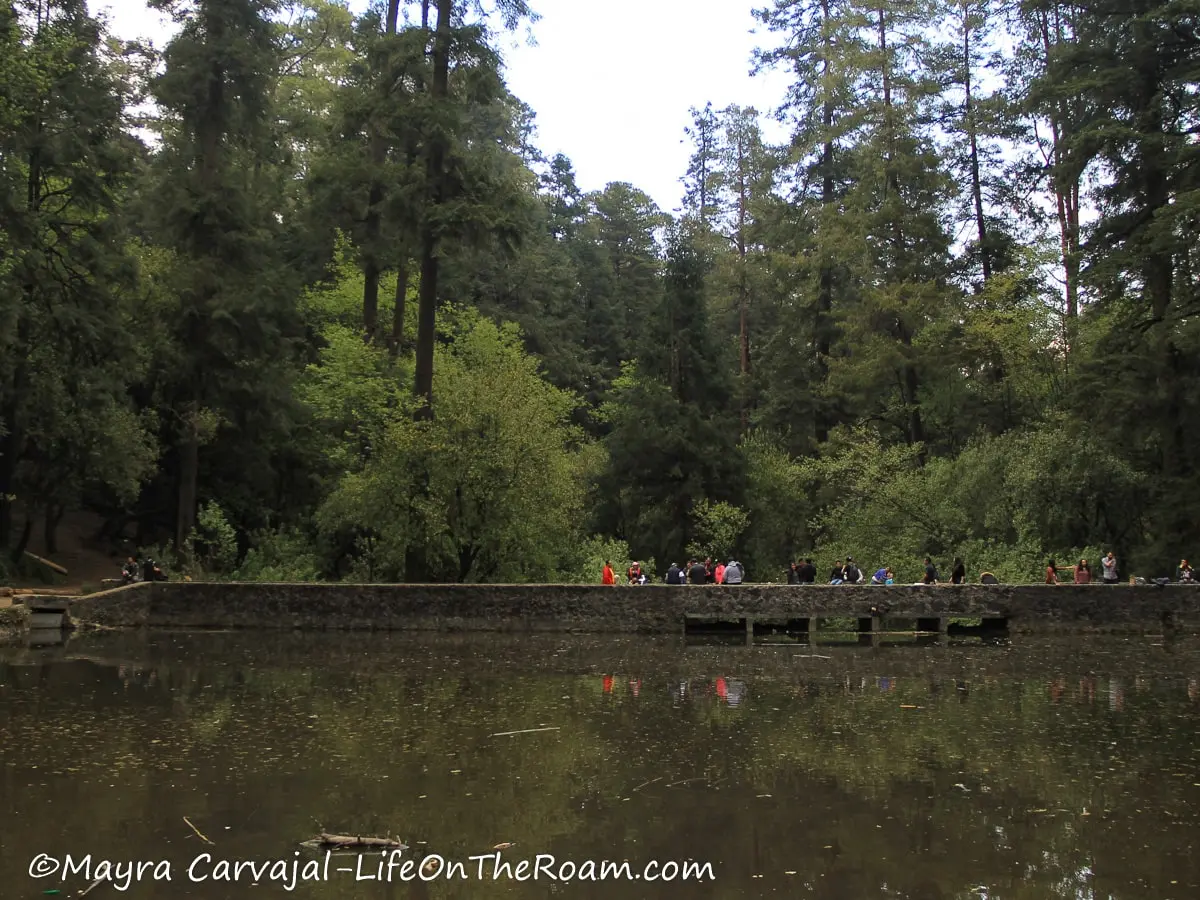
You can walk around the pond and follow the river stream, or have a picnic in the area. The rain level will affect your experience as you may find a full pond or a rather dry basin.
And if you get hungry you won’t have any problem finding places to eat. In addition to the fancy restaurant inside the ex-convent there are many casual eateries inside the park.
How to Get to the Desert of the Lions in Mexico City
We took an Uber to get there and made our way back using public transit.
From La Condesa, it was a 45-minute trip on a Saturday.
To go back we took a bus departing near the ex-convent to the Viveros subway station.
If you want to do the whole trip on public transit go to the Viveros station where buses with the sign “Desierto” depart every hour. They’ll leave you close to the ex-convent.
Open everyday:8AM-5PM (ex-convent is closed on Monday); Admission fee and hours to the ex-convent: MXN$35; 10AM to 5PM.
Bonus tip: for a different, hands-on experience, take a Mexican cooking class that includes a visit to a local market and learn about the history of Mexican cuisine.
Prepare a 4-course menu (vegetarian options available), enjoy a drink, and take home the recipes.
Book this cooking class here, with more than 100 (99%) 5-star ratings.
Take a Tour of Luis Barragan House and Studio

If you’re into design and architecture you can’t miss the chance to visit the house and studio of renowned Mexican architect Luis Barragan, winner of the Pritzker Architecture Prize in 1980.
From the outside, the house doesn’t tell much. It blends so well within the working class neighbourhood of Daniel Garza that when I arrived I wondered if I had the right address.
All that went away the moment I stepped inside the house, built in 1948.
Playing with straight lines, heights, and fenestration, this masterpiece teaches you a lesson in the use of light, colour, and monumental volumes.
Barragan livened up the functional architecture style with projected shades in strategic places, a collection of sacred art, punches of orange and blue-ish magenta paint and yellow tinted glass, while managing to make it distinctively Mexican.
The Luis Barragan House and Studio is such a gem that it was added to the UNESCO World Heritage List.
In addition to the three-level house there is a small garden across the house that is part of the property, where you can visit an art gallery and walk among outdoor art pieces.
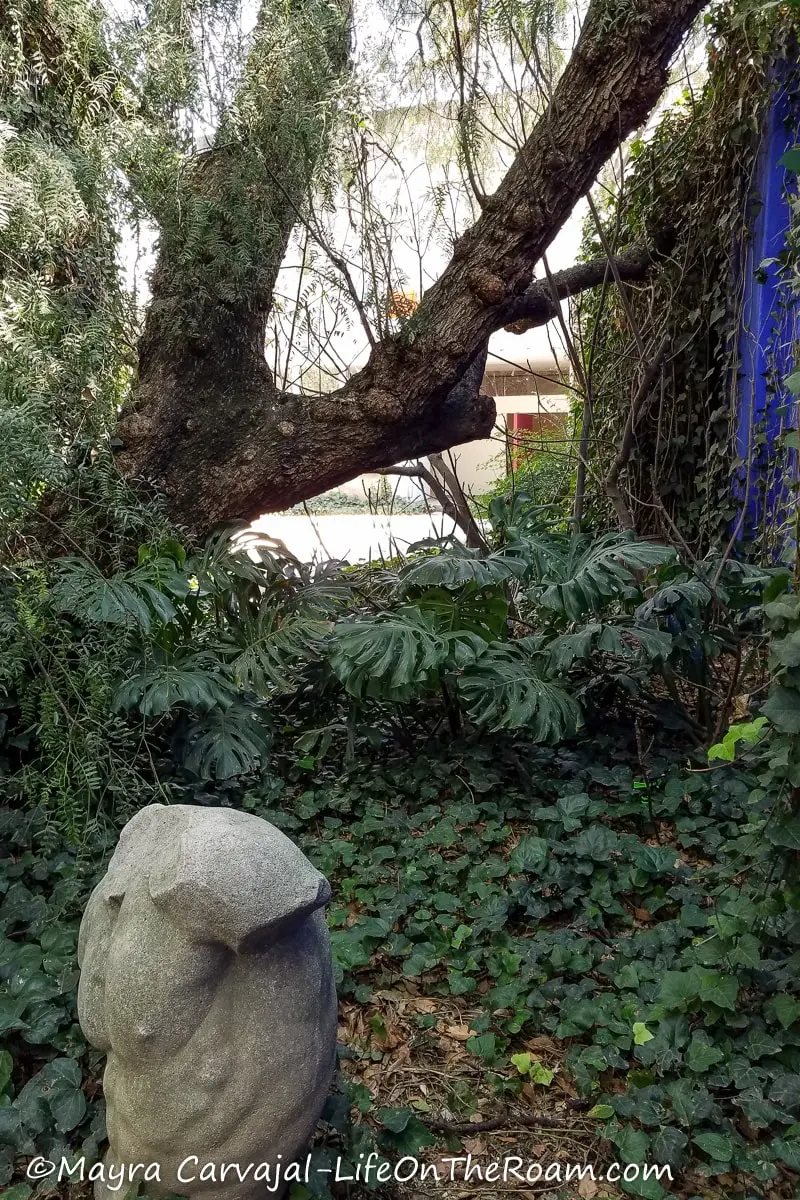
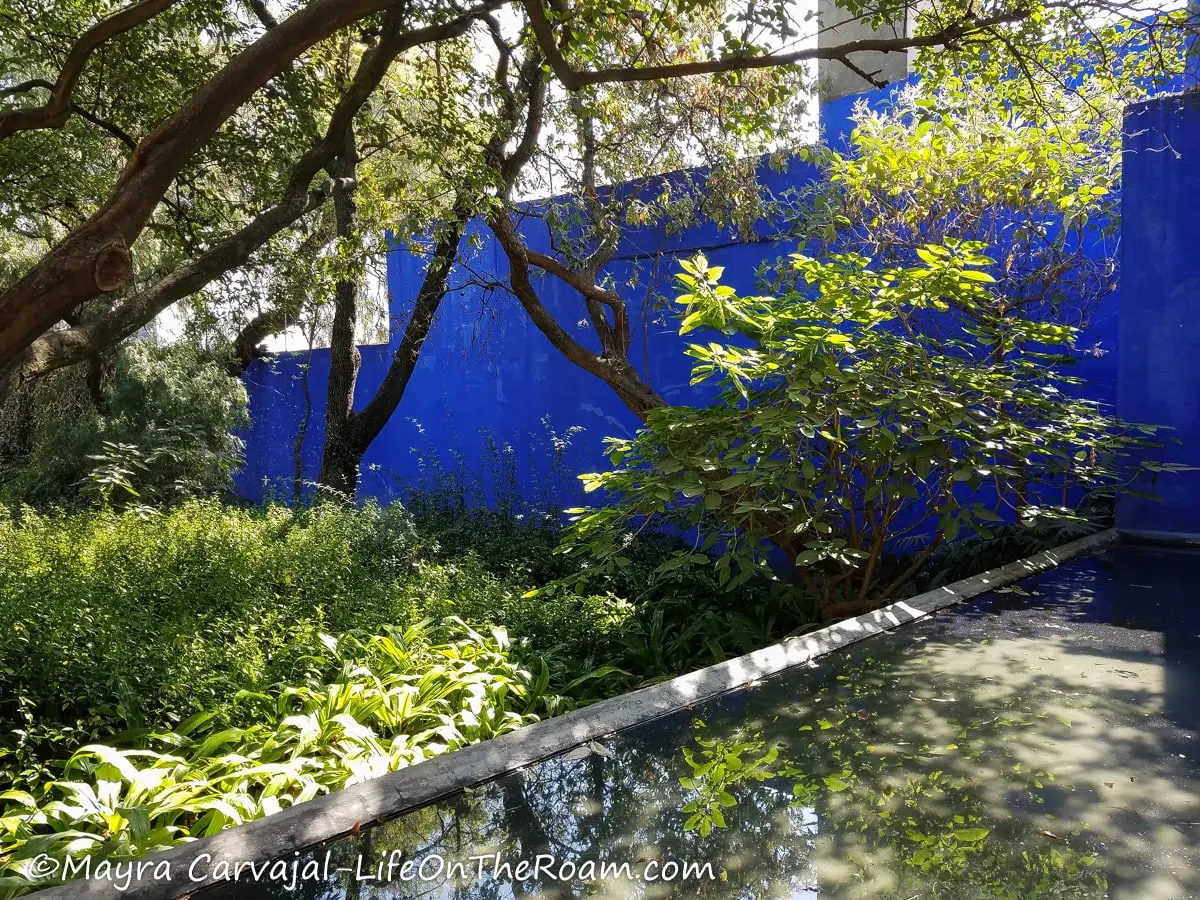
To visit the house you must purchase your tickets on their website well in advance. Groups are limited to six people and spots fill quickly.
I took a 40-minute guided tour and I highly recommend it as you’ll get much more out of the experience. It runs four days a week with a cost of MXN$600 (they have tours in English and Spanish).
You also have the option of booking a self-guided visit, only available two days a week with a cost of MXN$450.
General Francisco Ramírez 12, Colonia Ampliación Daniel Garza. Closest subway station: Constituyentes
Visit the Soumaya Museum (at Plaza Carso)
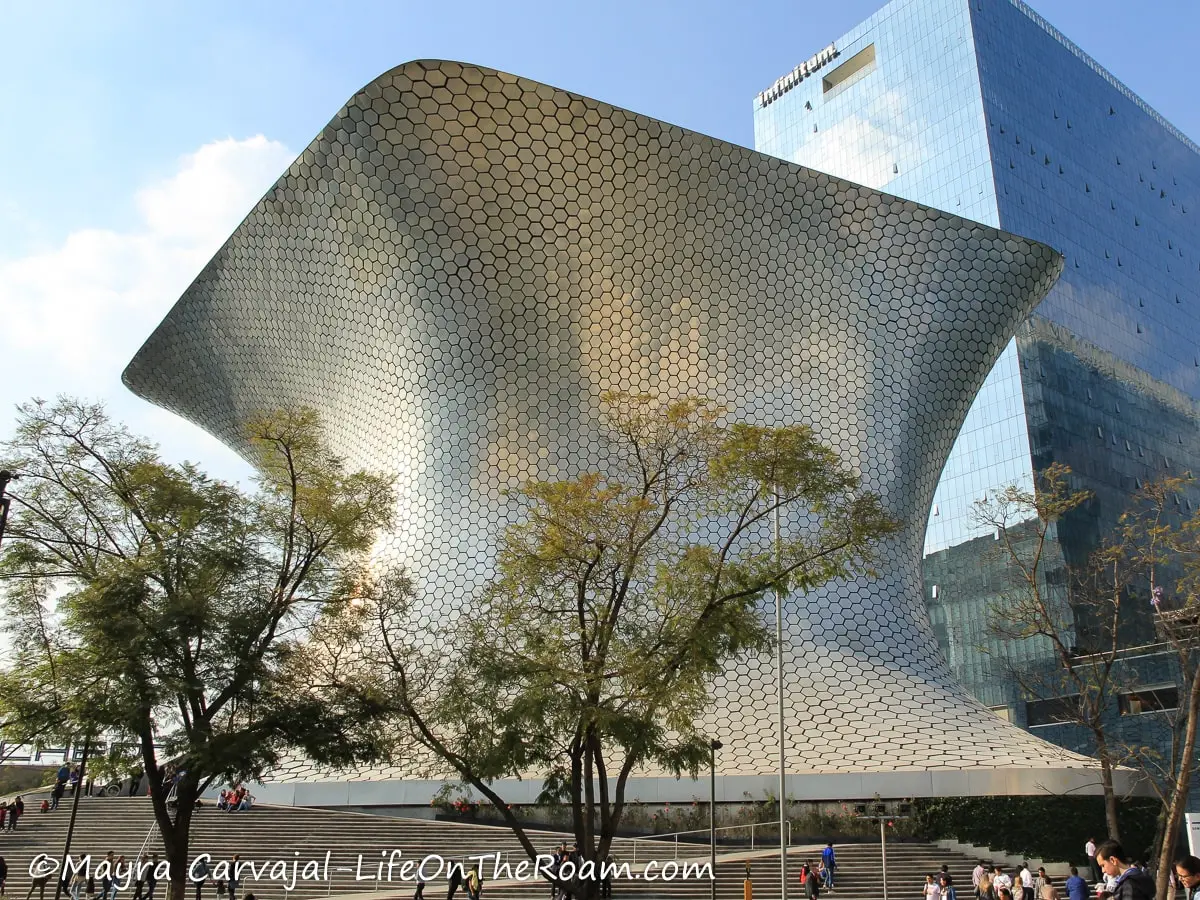
North of Polanco, the Soumaya Museum stands above ground like a giant floating silver net weaved with thousands of aluminum hexagons. Together, they form an organic shape, inspired by Rodin’s artwork.
Coincidence? Not at all when you take into account that the top floor of the museum holds the largest collection of Auguste Rodin’s artwork outside France.
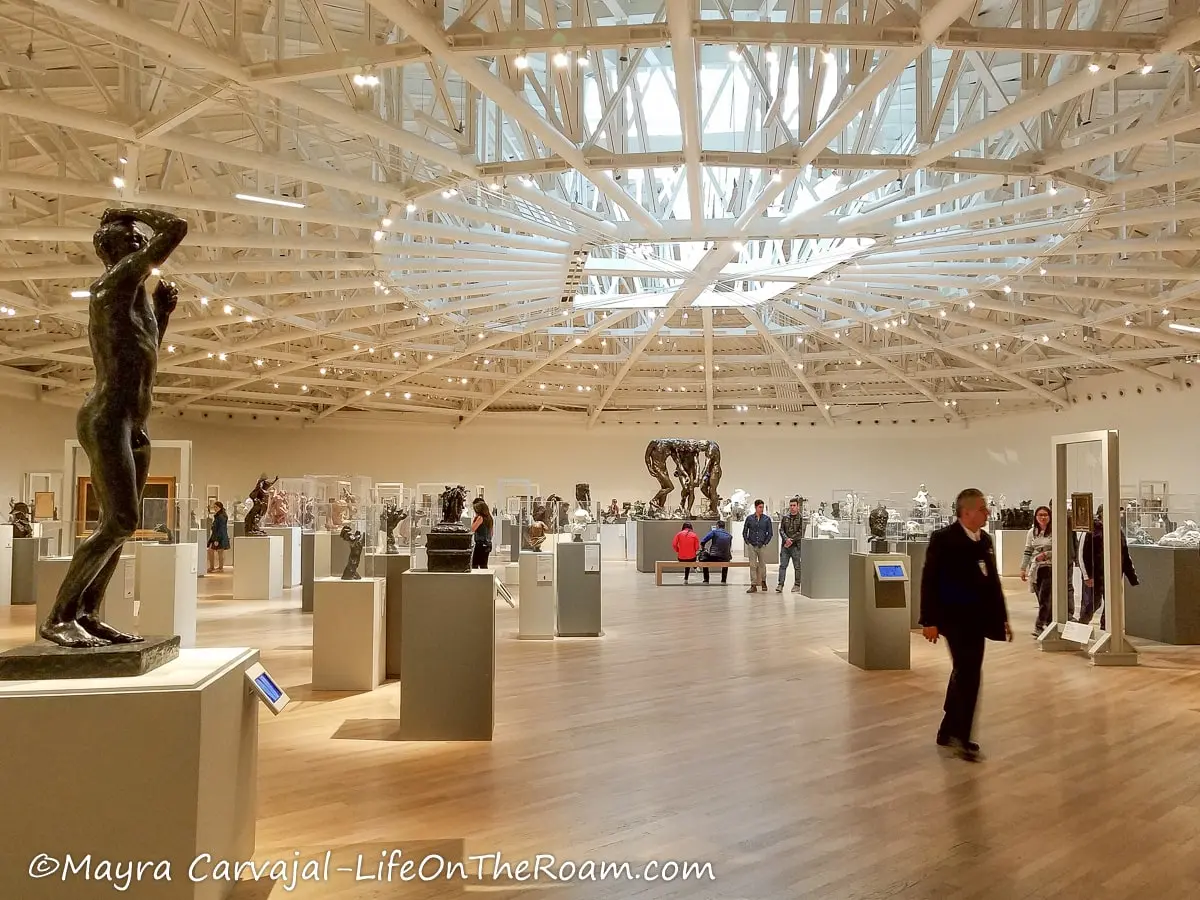
As you make your way down the circular ramp that connects the six levels (which reminded me of the Guggenheim in New York City), you’ll see European art from the 13th century to the 19th century as well as artwork created in Latin America during the Colonial period.
You’ll also find a display of objects that were born thanks to the Industrial Revolution -old cameras, telephones, music boxes-, impacting people’s lives at an economic and social level, and a space for temporary exhibits.
I was pleasantly surprised to see art pieces from outstanding artists (other than Rodin, which is huge), such as El Greco, Fernando Botero, Jean-Baptiste-Camille Corot, Piet Mondrian, Paul Gauguin, Edgar Dégas, Pierre-Auguste Renoir, Henri Matisse, Pablo Picasso, and even a Van Gogh and a sketch from Goya.
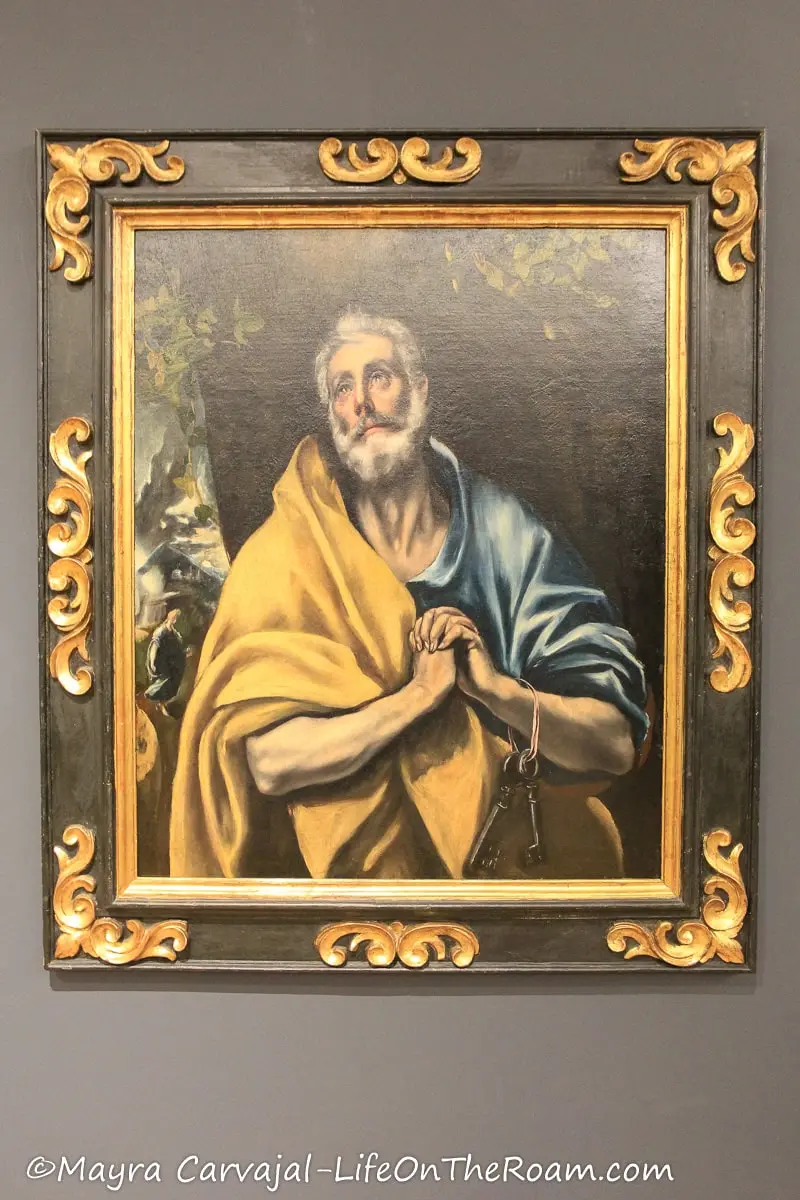
On the ground floor, among other splendid art, you’ll see some jewels such as Río Juchitán, the last mural by Diego Rivera, and two iconic pieces from Rodin: The Thinker and The Gates of Hell.
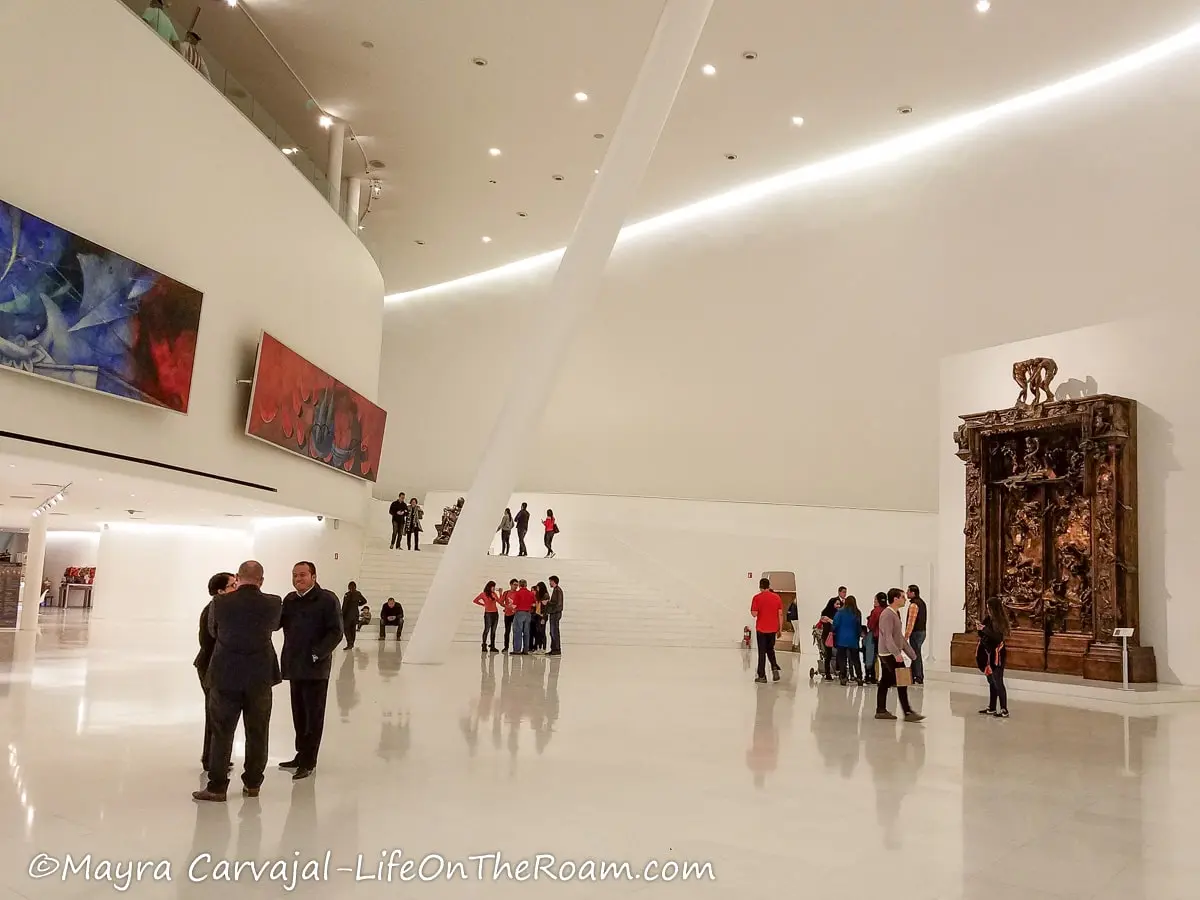
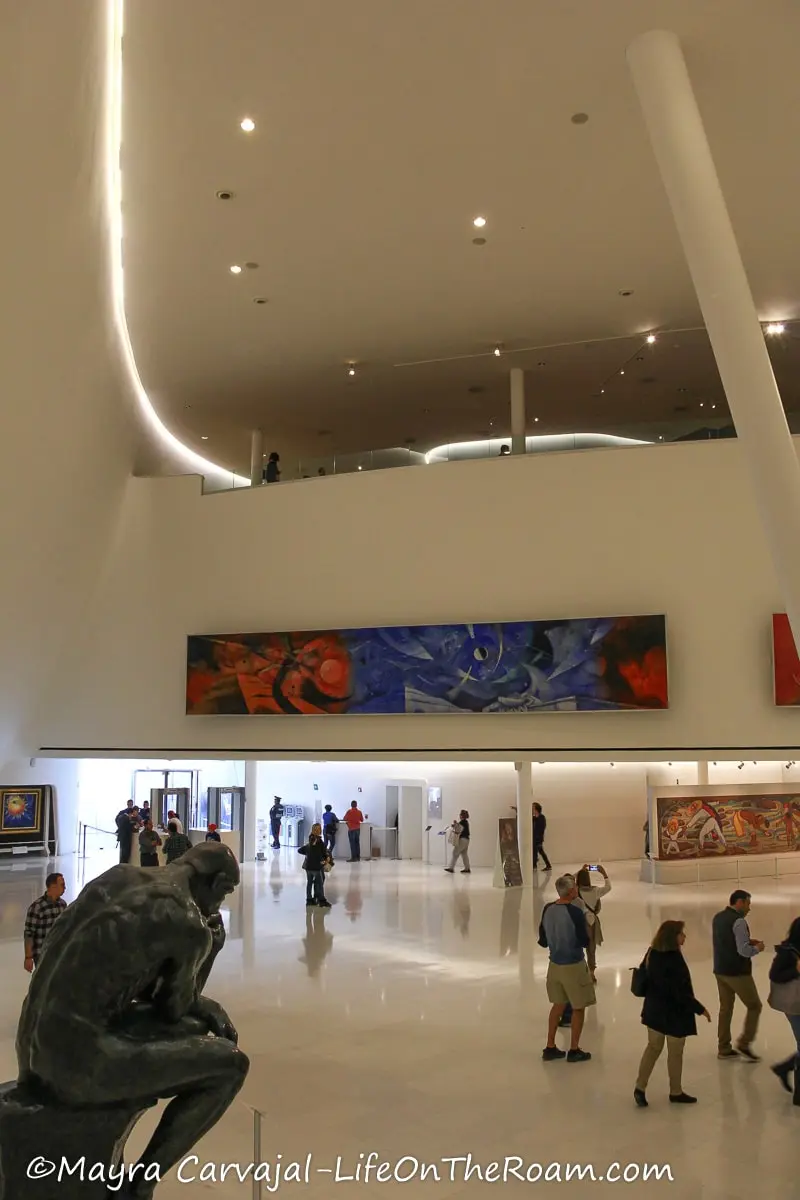
Fernando Romero was the architect of the Soumaya Museum, built by mogul Carlos Slim to house his private collection, and named after Soumaya, his late wife.
Canadian architect Frank Ghery and engineer Ove Arup, who was behind the Sydney Opera House, acted as consultants in the project.
Note: if you visit Oaxaca City, drop by the San Pablo Cultural Centre, where you’ll find another art project funded by the Slim family.
Blvd. Miguel de Cervantes Saavedra and Presa Falcón, Colonia Granada; Open everyday: 10:30AM-6:30PM; Free admission
See Modern Art at the Jumex Museum
You can visit the Jumex Museum and the Soumaya Museum in one trip as they’re a stone’s throw away. However, the exhibits are miles away in style.
The Jumex is a small museum that is all about contemporary art which, in my opinion, can be a hit or miss.
Some contemporary art exhibits are brilliant and fun, but some are meh or you’ve got to be kidding me!. Totally subjective, I know. I’m always curious to see what I’ll find so if you share my curiosity go to the Jumex.
Jumex Museum
Miguel de Cervantes Saavedra 303, Colonia Granada; Open Tue. to Fri.: 10AM-5PM; Sat.: 10AM-7PM; Sun.:10AM-5PM; Free admission
Learn about Chocolate at MUCHO: Museum of Chocolate
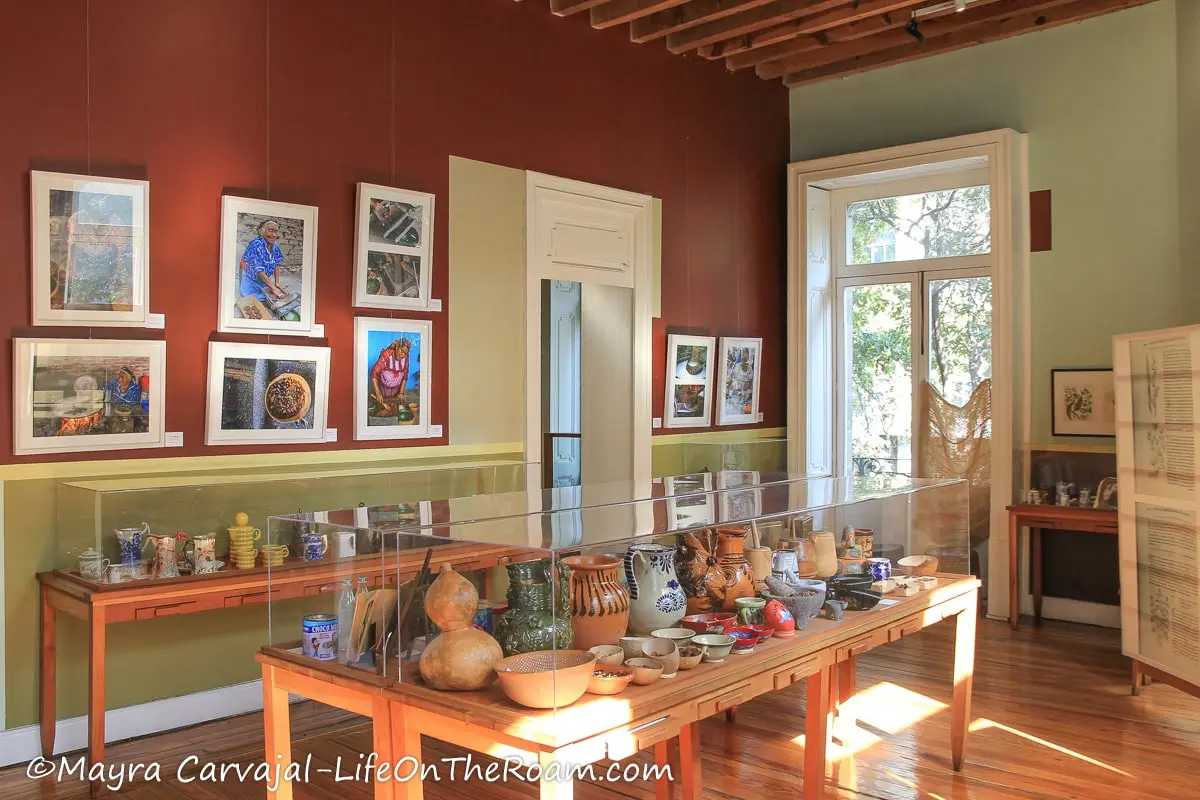
Behind the walls of a beautiful home from the mid-20th century you’ll find the Museum of Chocolate, the place to learn about the fascinating history of chocolate, see historical objects created for its enjoyment, and taste the delicious treat.
The Olmecs were the first to process the cacao beans, followed by the Mayans, for whom it was a ceremonial drink reserved for the elite and a form of currency adopted by Mesoamerica.
It wasn’t until the 17th century that cacao arrived in Europe and was later processed in powder and bars with sugar added, giving birth to a new industry.
In this small museum you can see beautiful houseware from the 18th and 19th century specifically designed to prepare and serve chocolate, and some curious items such as a chocolate bar that was part of the field ration for World War II soldiers.
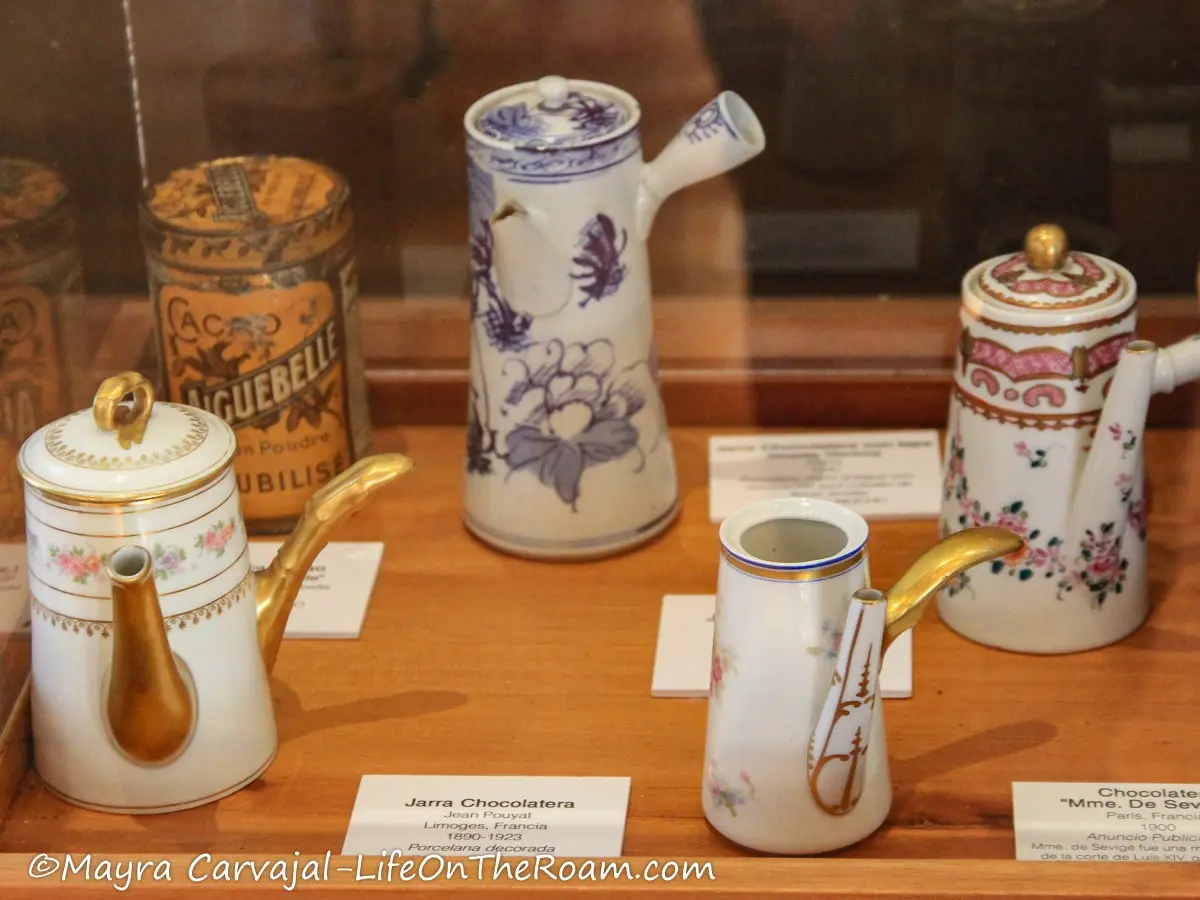

You’ll find displays with molds used to make bonbons and bars, and pretty packaging labels and posters from the early and mid 20th century for the delight of those who are into graphic design.
Another interesting section shows historical figurines made of chocolate as well as newer creations, including the pieces that cover the walls of the chocolate room. Best smelling room ever.
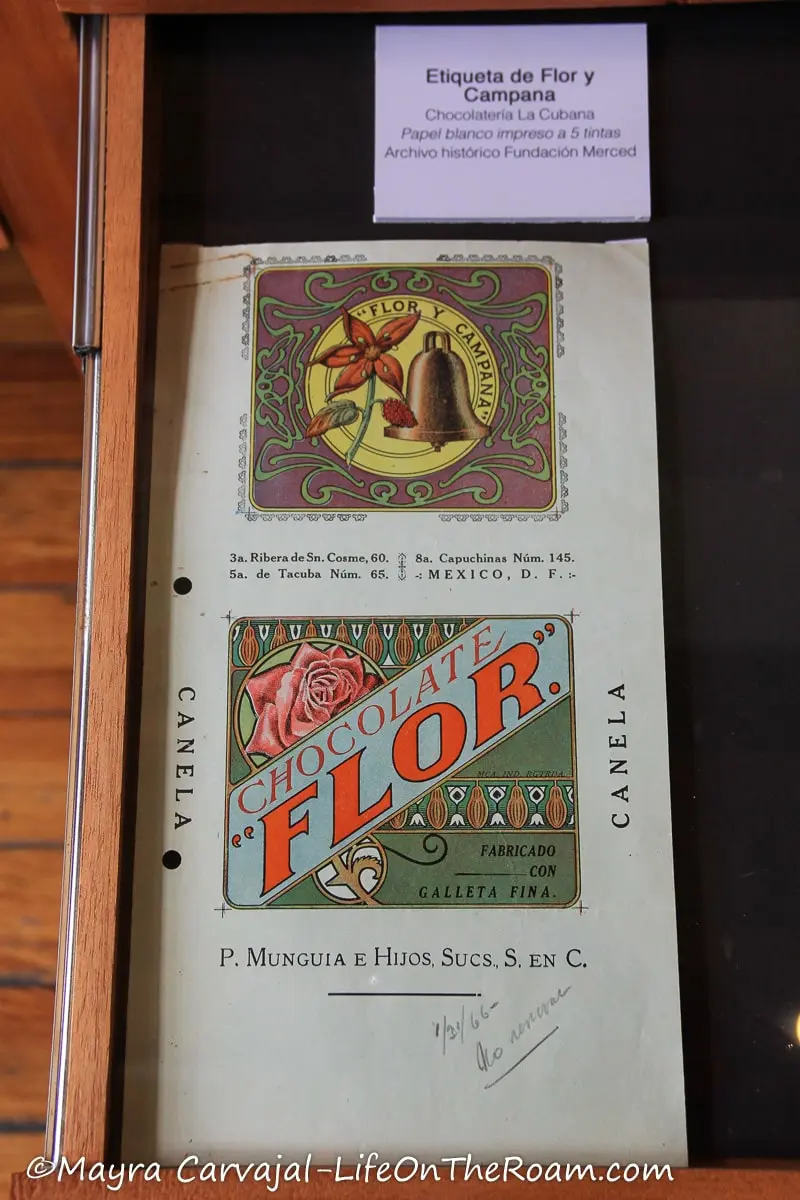
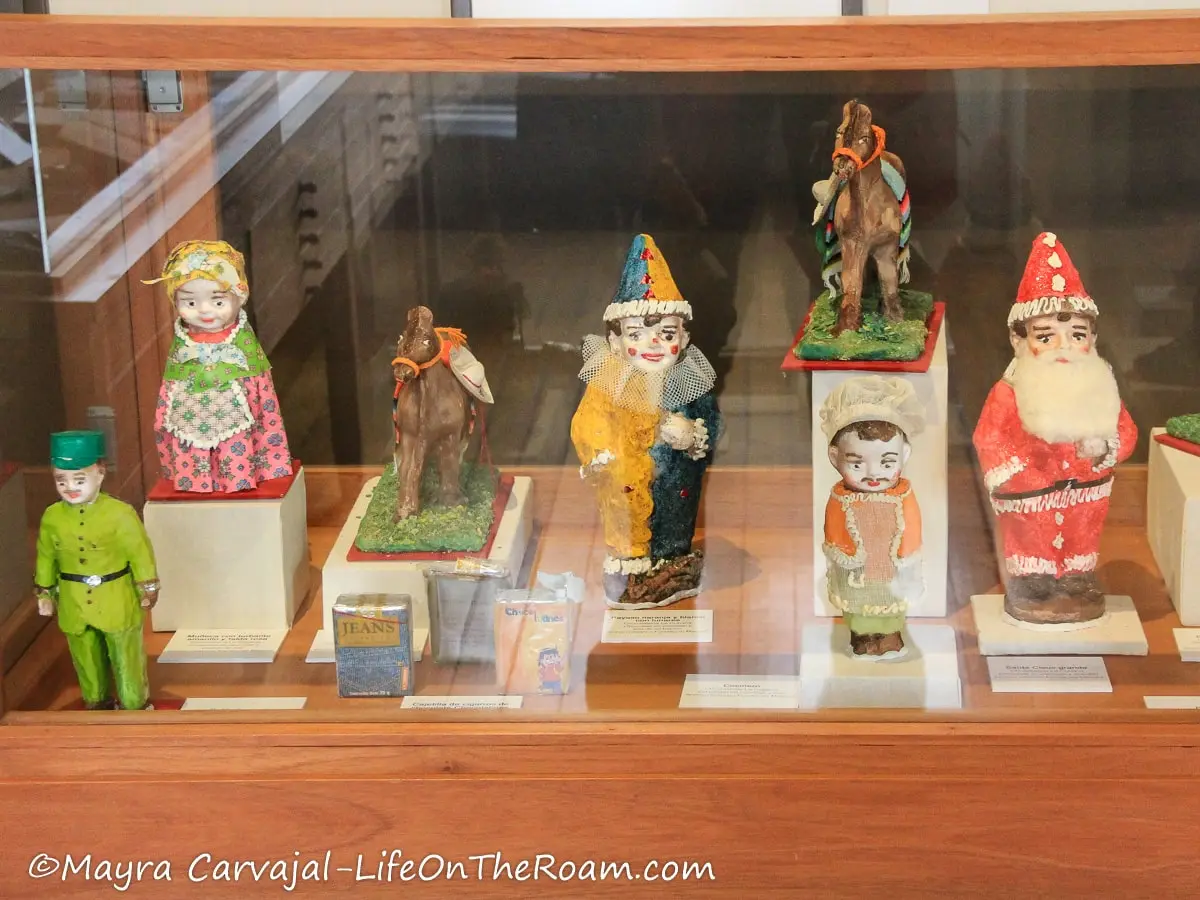
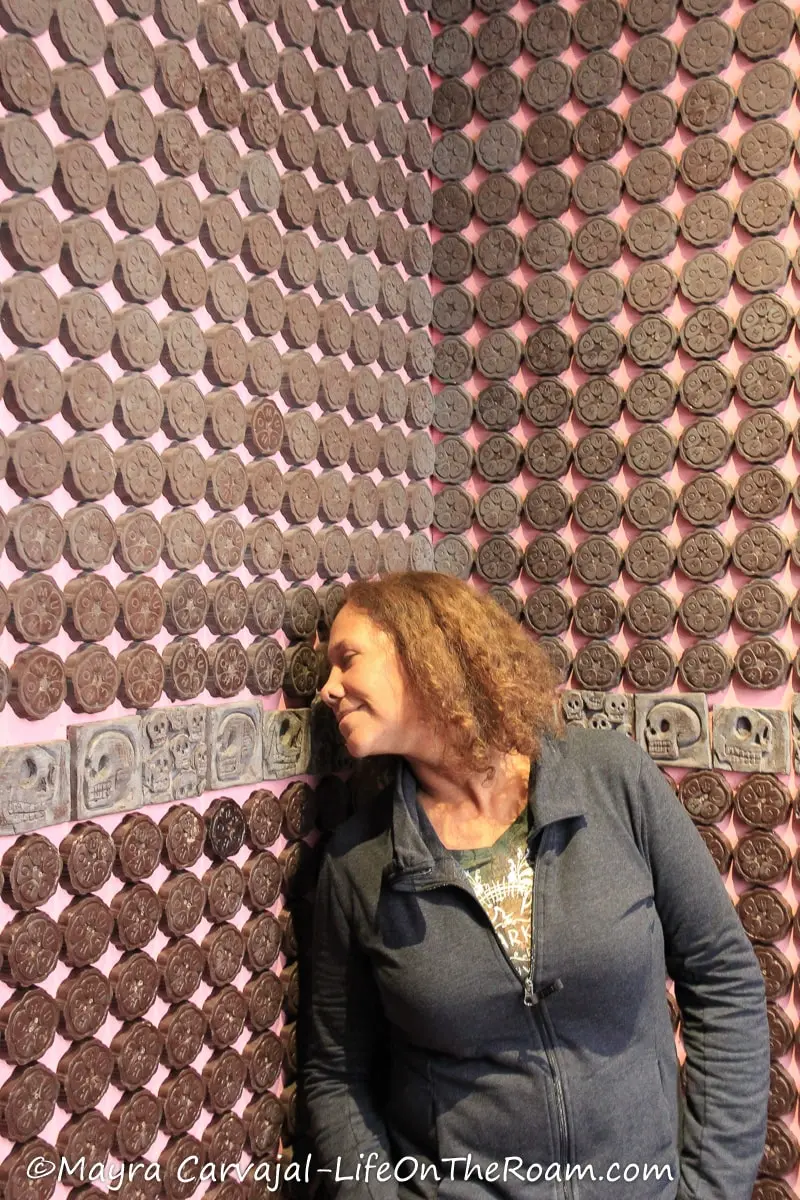
Visit the café for some delicious chocolate-based creations and inventive flavours such as dark beer and pineapple cilantro.
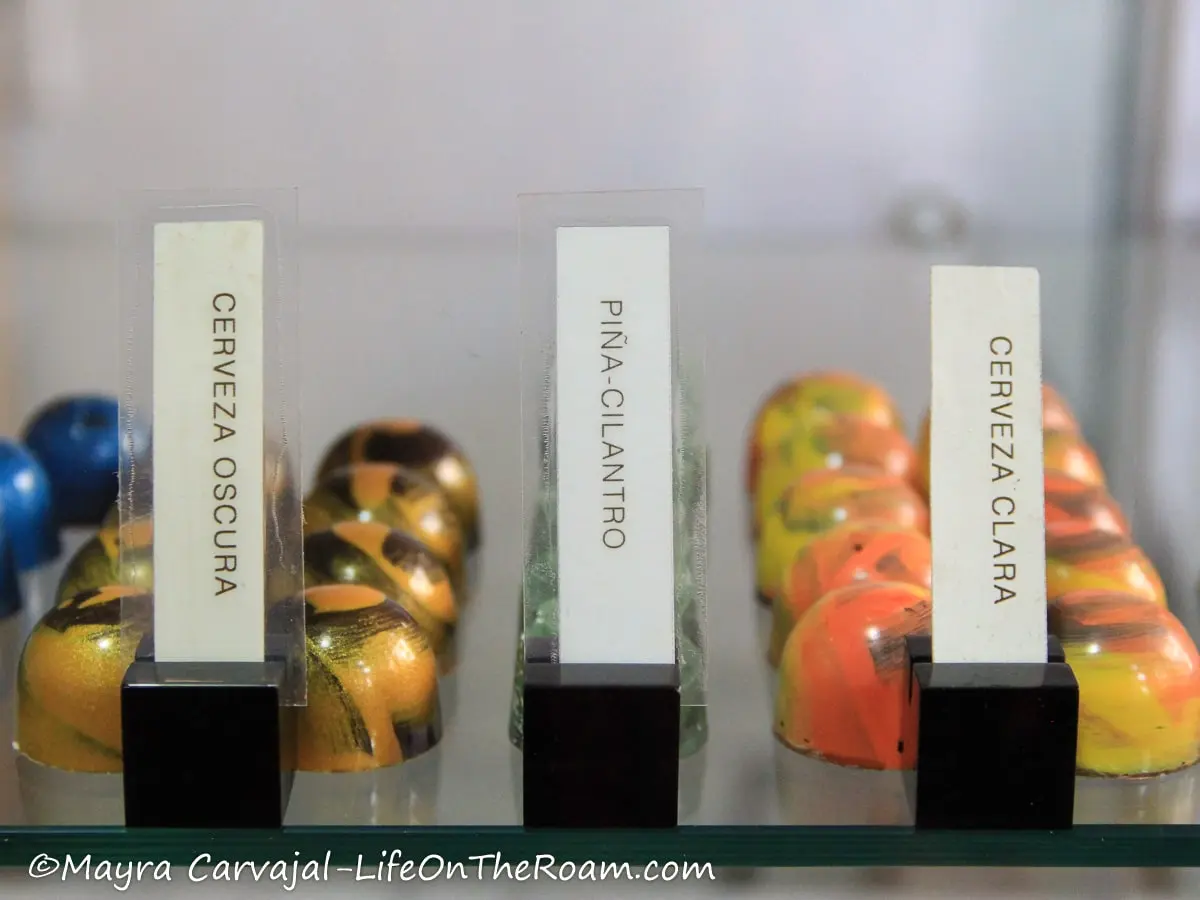
You can also book tastings and attend workshops.
If you’re planning a trip to the state of Yucatan you can visit Choco-Story. Read my blog post about Uxmal where I tell you all about this wonderful experience for chocolate lovers, located across the archaeological site.
Did you know that the largest producer of cacao in the world is the Ivory Coast and that Switzerland is the largest consumer?
Calle Millan 45, Juarez; Open everyday:11AM-5PM (Guided visits every hour); General admission: MXN$80; Closest subway station: Balderas.
Now that you know a couple of unusual things to do in Mexico City, why not take an unusual day trip from the city? Read my post about Valle de Bravo and find out why it’s called Mexico City’s playground.
YOU MAY ALSO WANT TO READ
BOOKING FLIGHTS AND ACCOMMODATIONS
Book your flight without losing your shirt
We check Momondo to find great deals to book our flights. Also, check Great Escape: it combines the listings from Expedia, Kiwi, Kayak, (and Skyscanner on the premium service) to find the best airfares.
To find a place to stay for less
Booking.com: this site combines everything under the sun. You’ll find hotels, apartments, B&B, hostels, rooms, etc., with all sort of filters to make your search a breeze.
Hotwire: the first site I check when we plan to stay at a hotel for a few nights. You can save anything from 20% to 60%. Use the search filter to find what you want and you’ll end up with three listings that match your criteria. You’ll know which one you’ll get after you book. If you can handle a little bit of uncertainty you can score big savings.
House Sitting: you take care of people’s pets and house for free while staying for free. It’s the closest thing to experiencing a place “like a local”. But it comes with responsibilities… Are you an animal lover? It may become your new way to travel.
To get travel insurance
SafetyWing: travel medical insurance that gives us peace of mind knowing that we’re covered in case of emergency. It’s convenient, affordable, and suitable for digital nomads who spend a long time outside their home country.
Check the full list of travel resources on my Resource Page for more options and savings
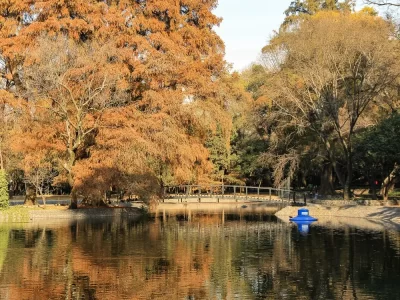
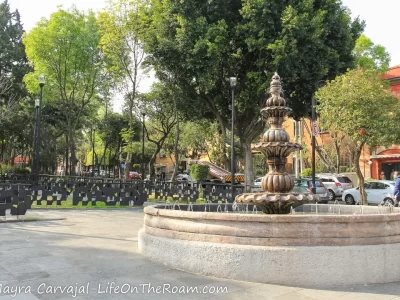
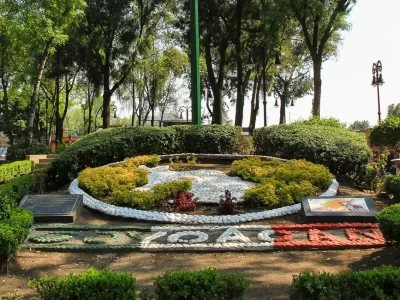
These are great ideas. I can’t wait to visit Mexico City and see all the excellent places you have suggested on your list. Thanks for your sharing!
Thanks for reading!
Mexico City seems like a fun place to visit! I love unusual things to do in cities that I visit. Thanks for sharing!
It’s always exciting to uncover the hidden gems.
Mexico is definitely on my bucket list. Can’t wait to visit this country.
Mexico is a great addition to anyone’s bucket list.